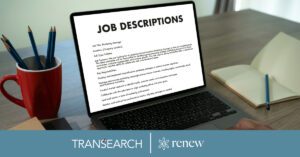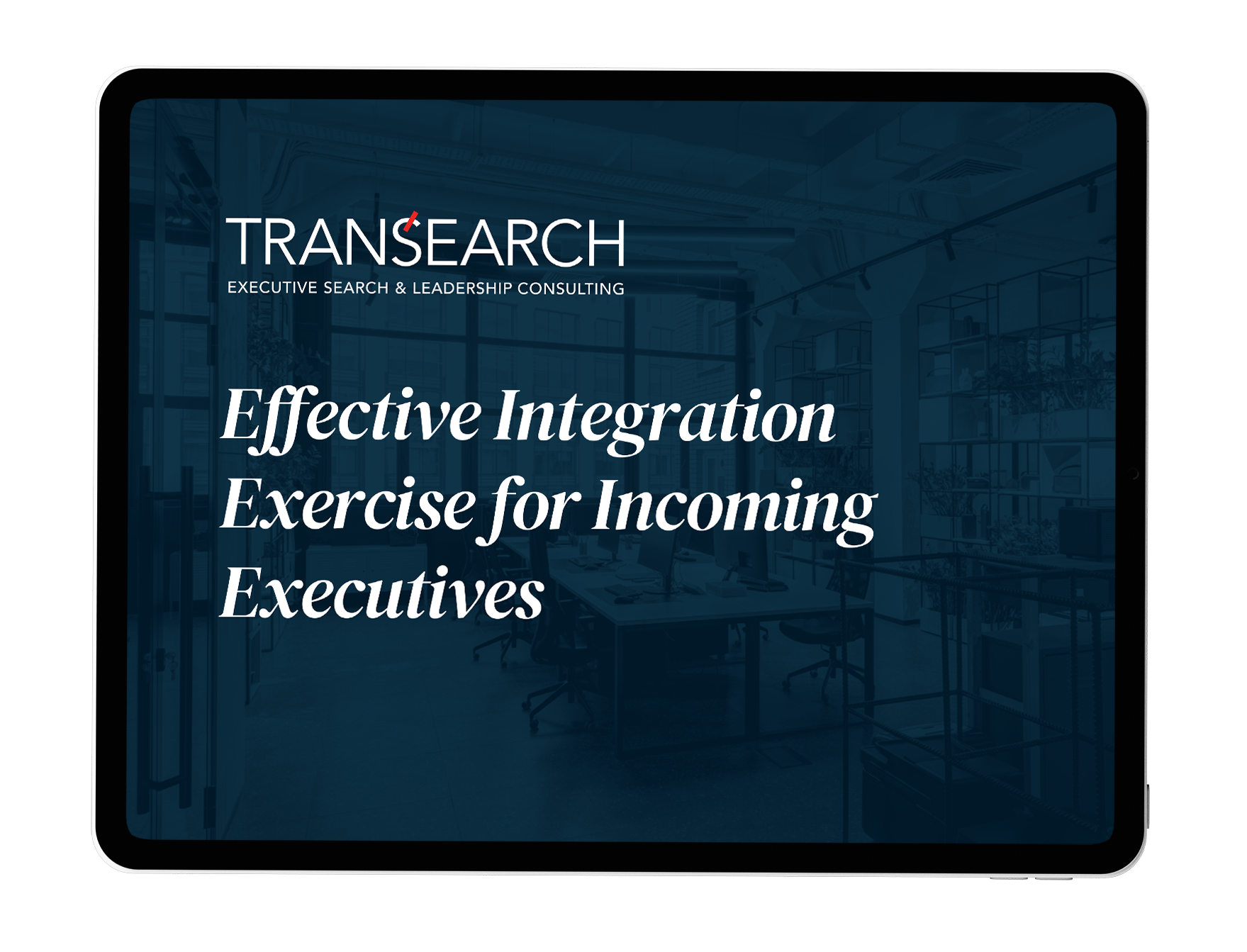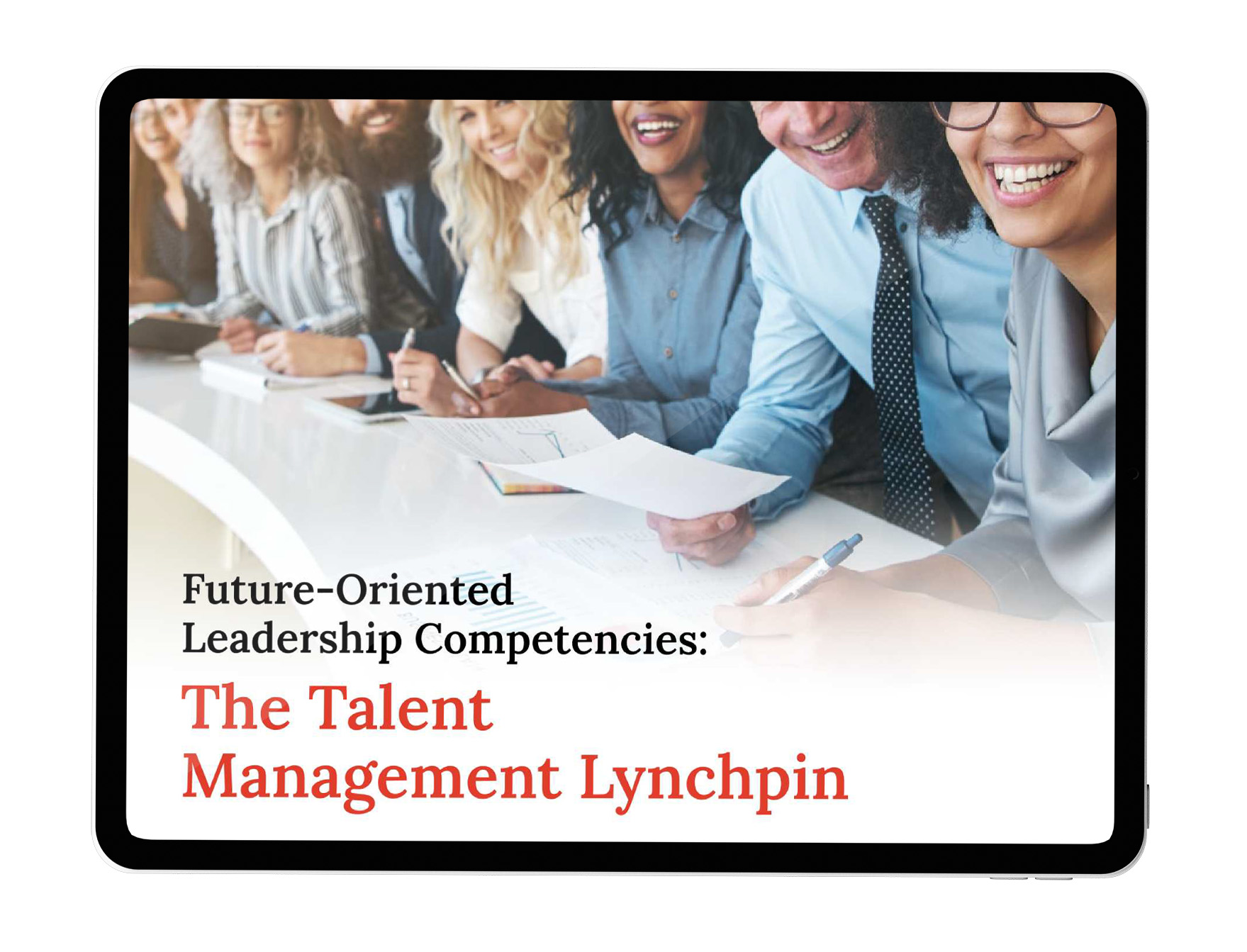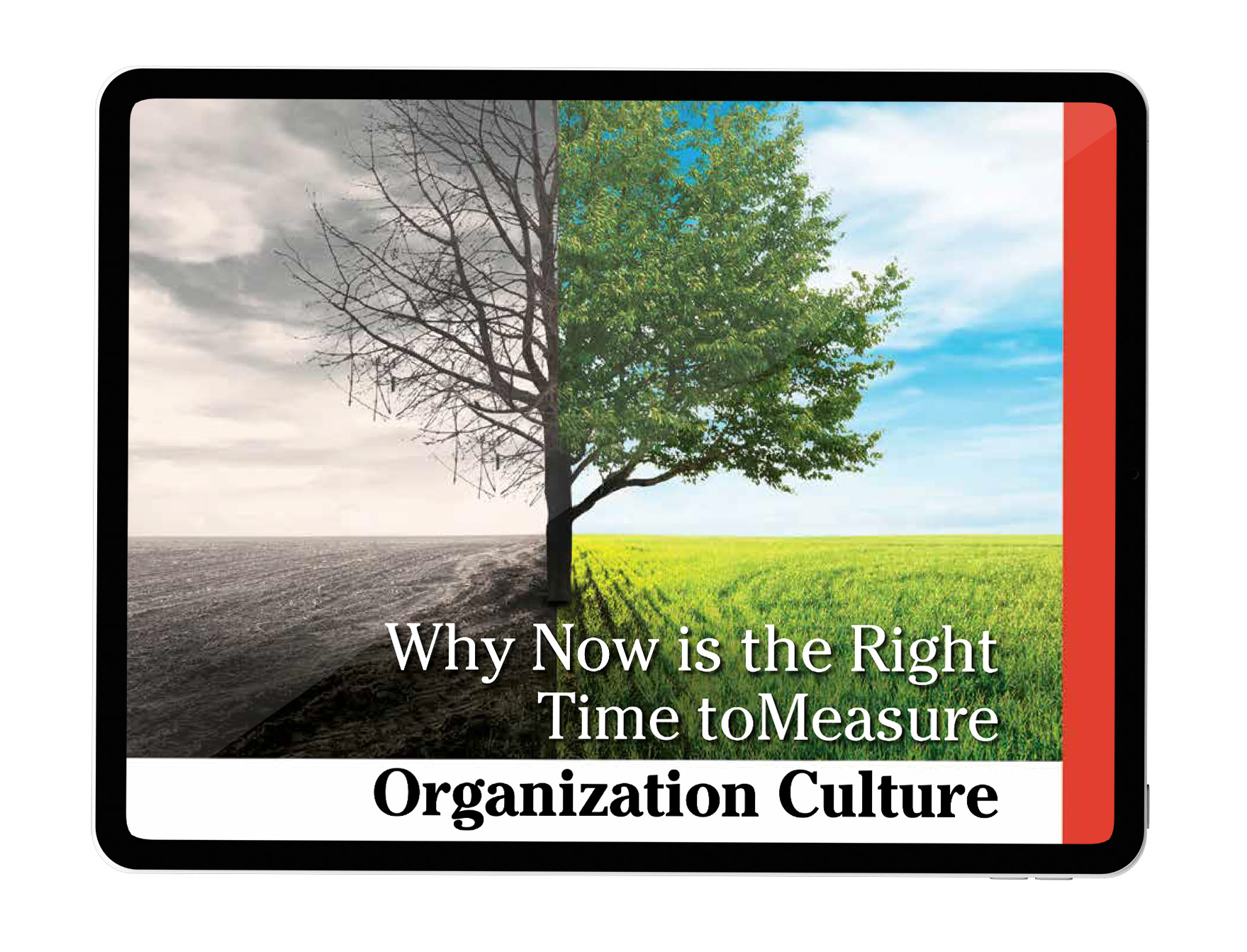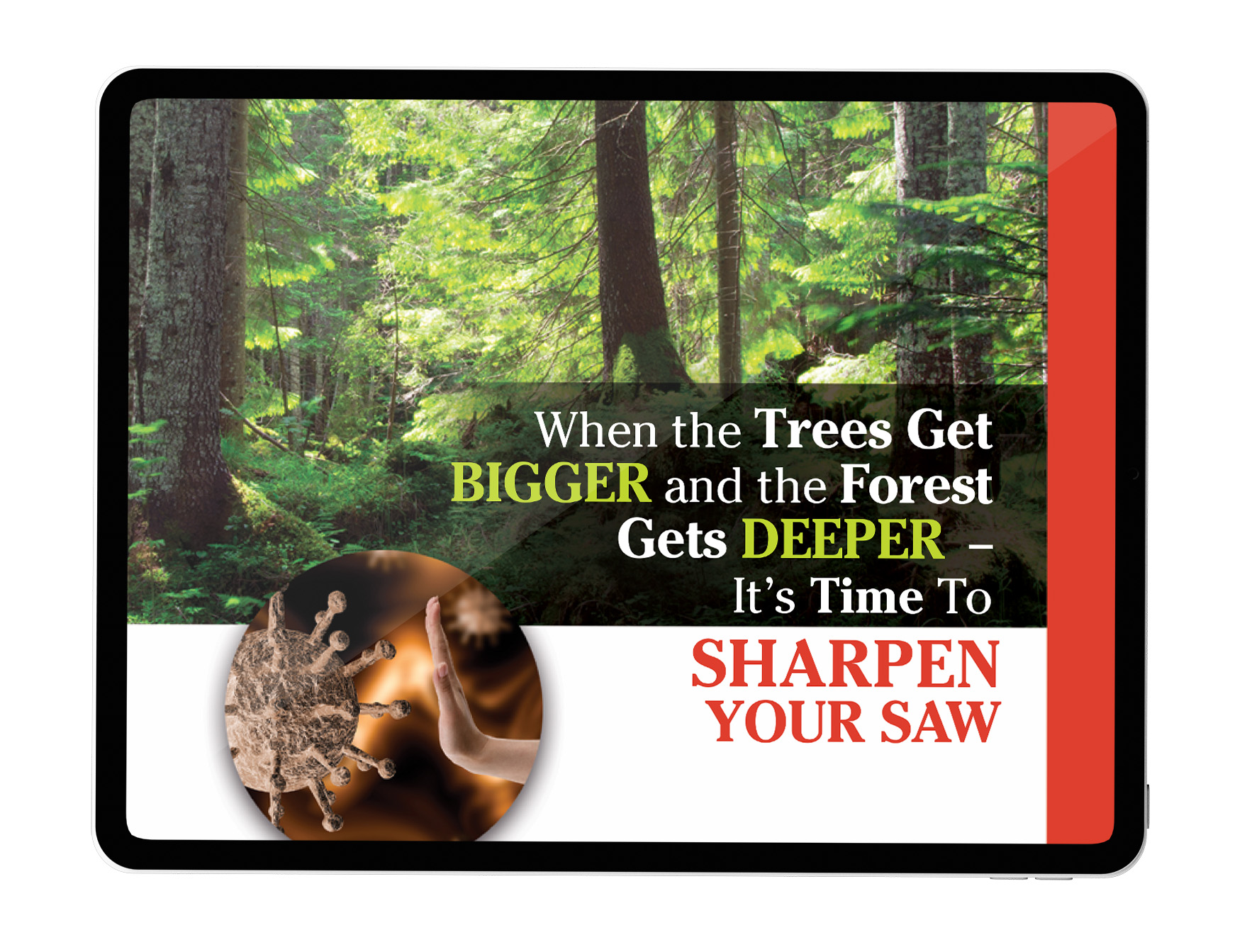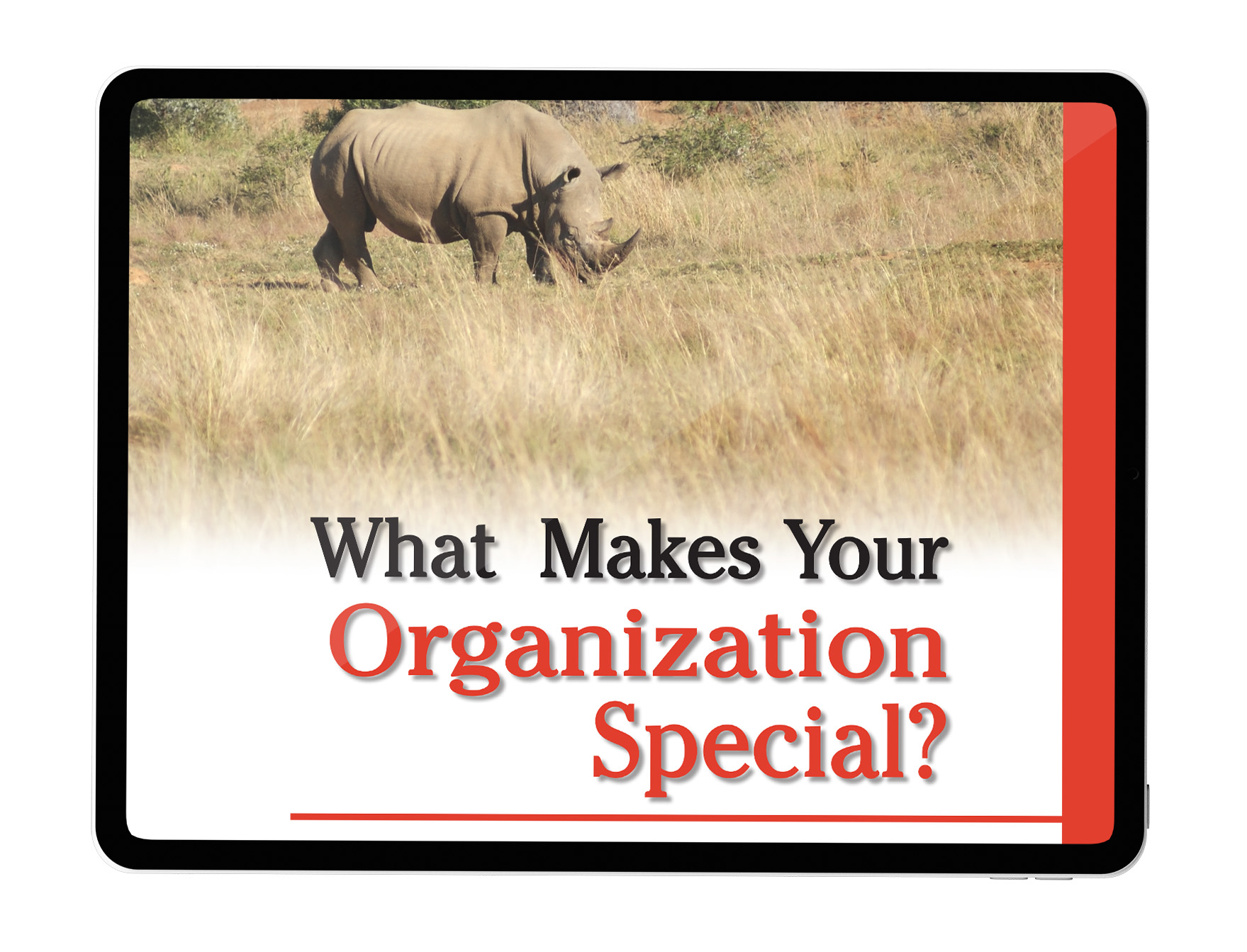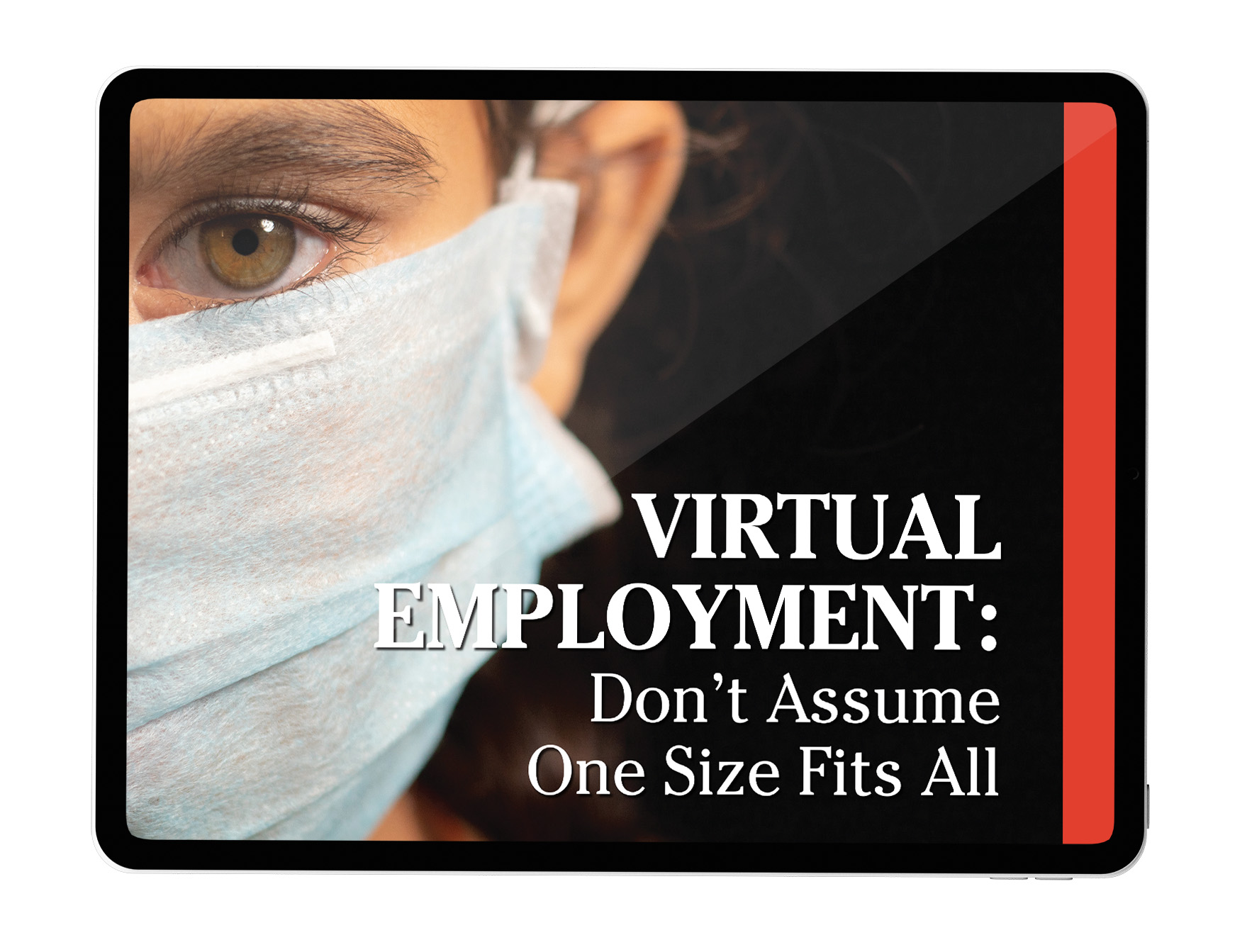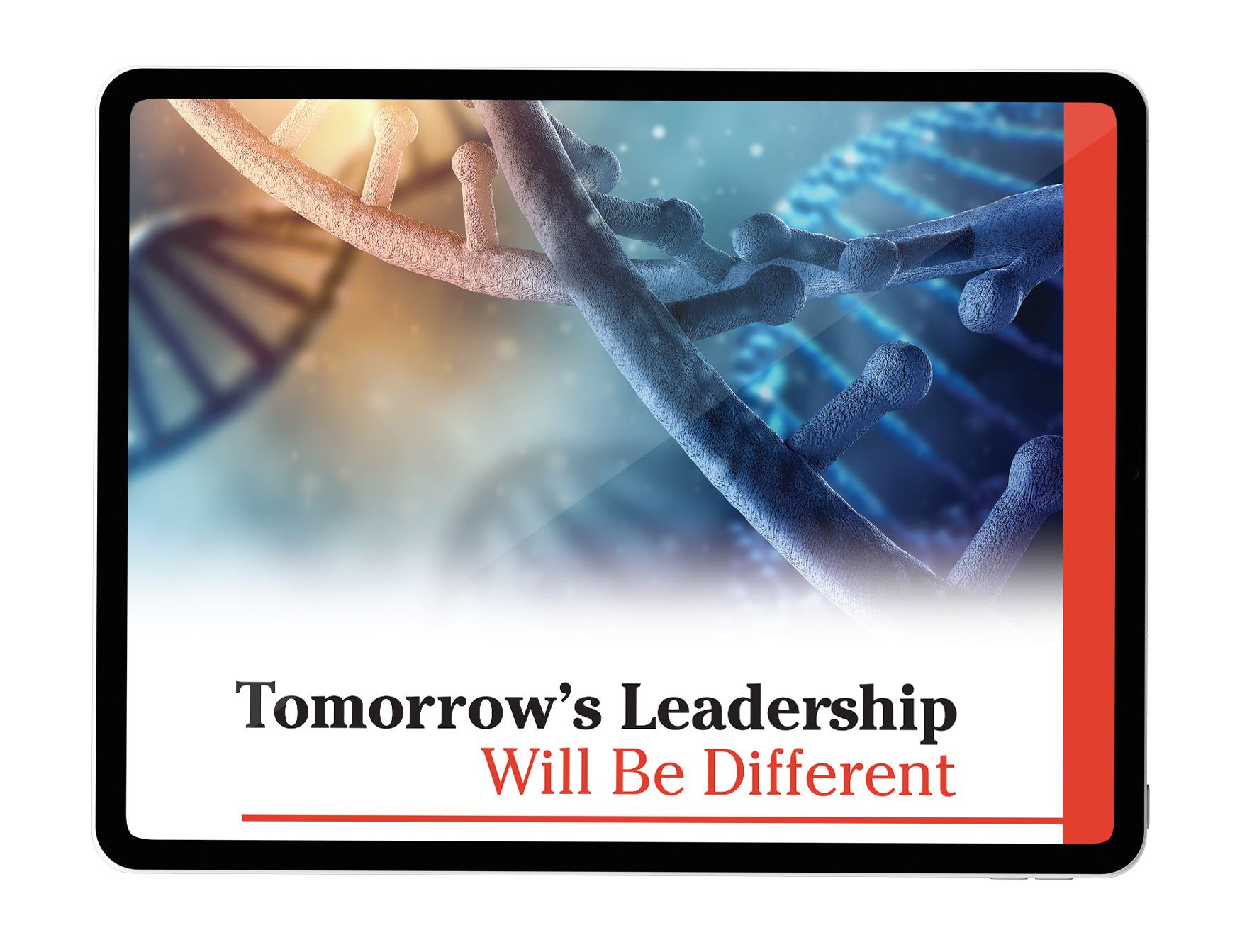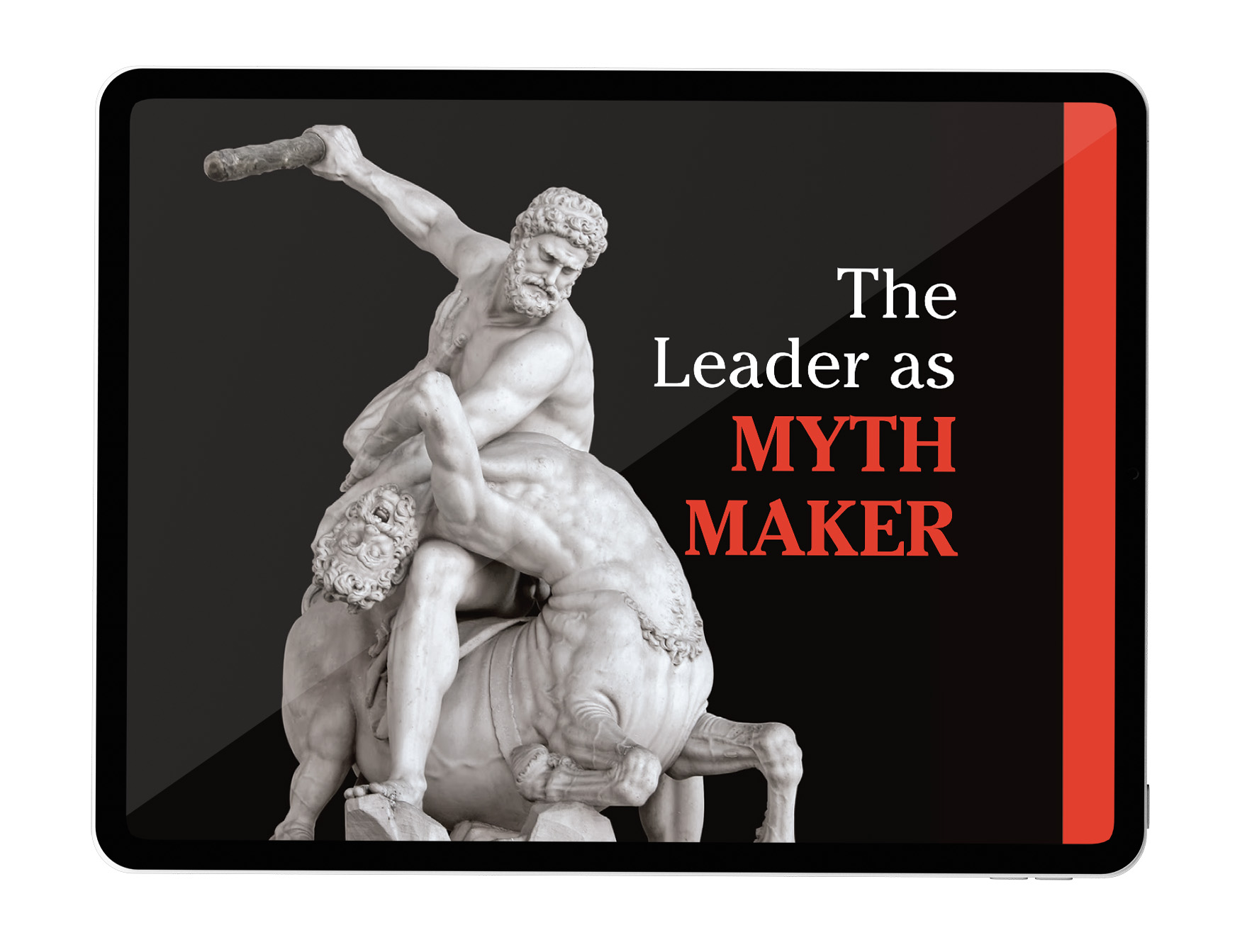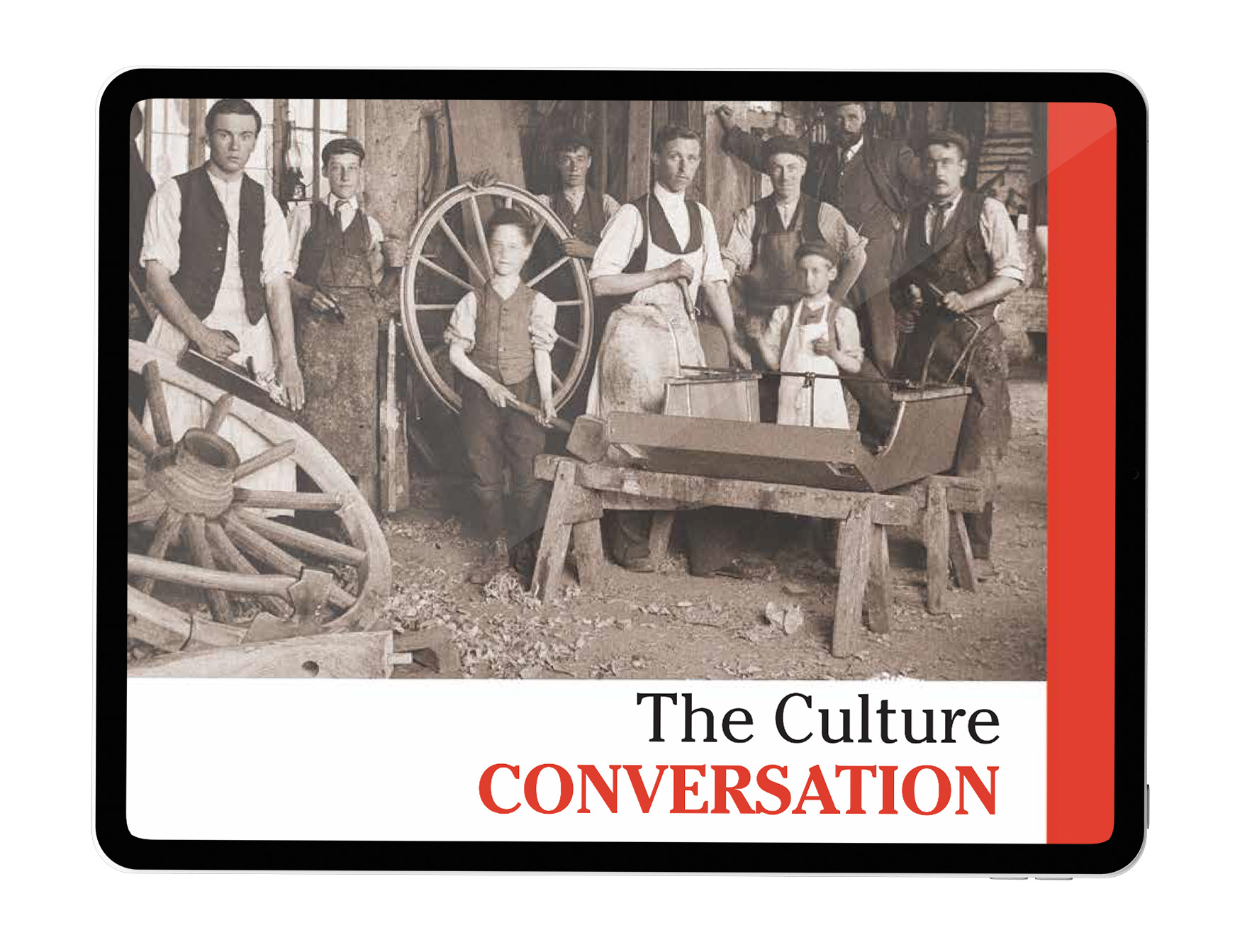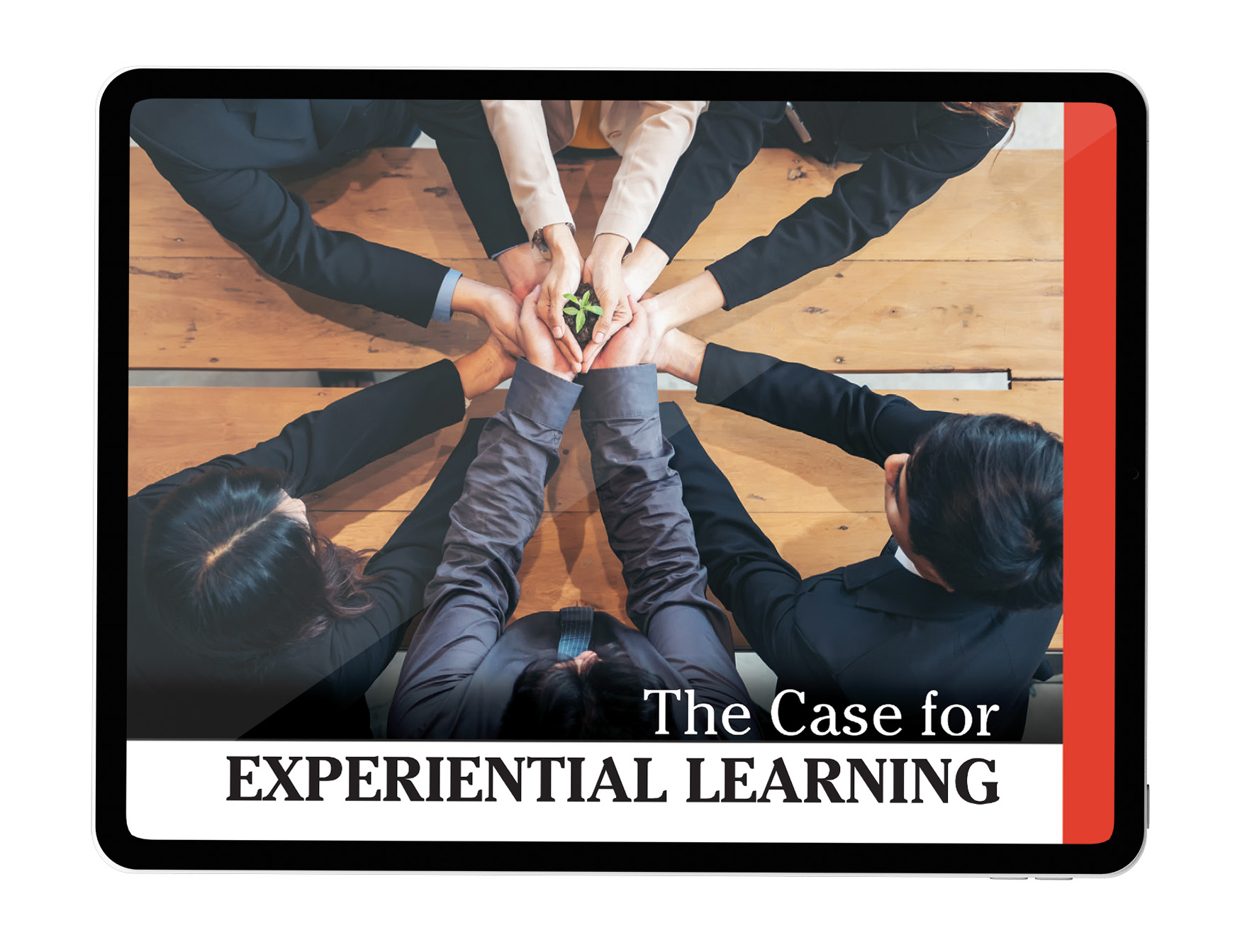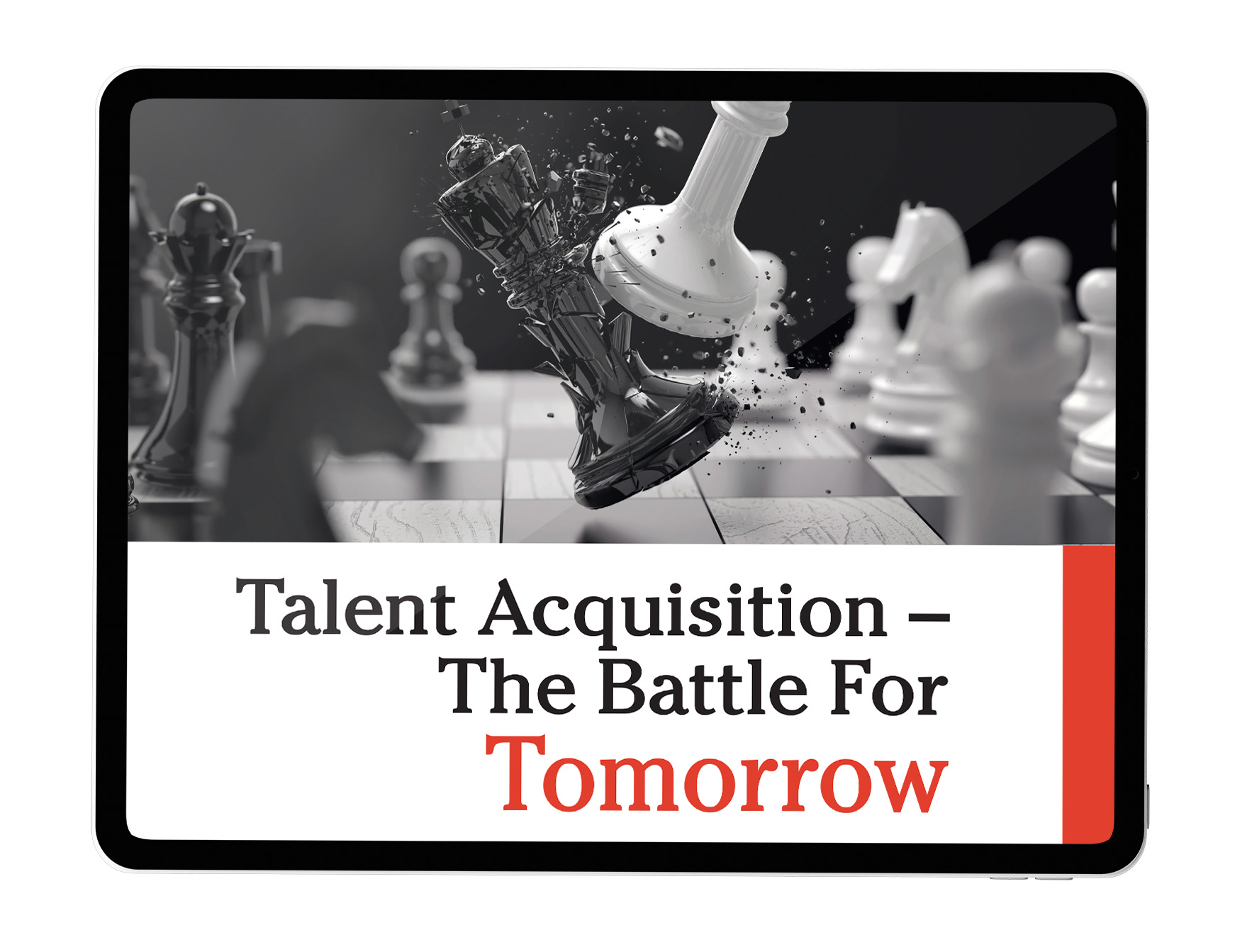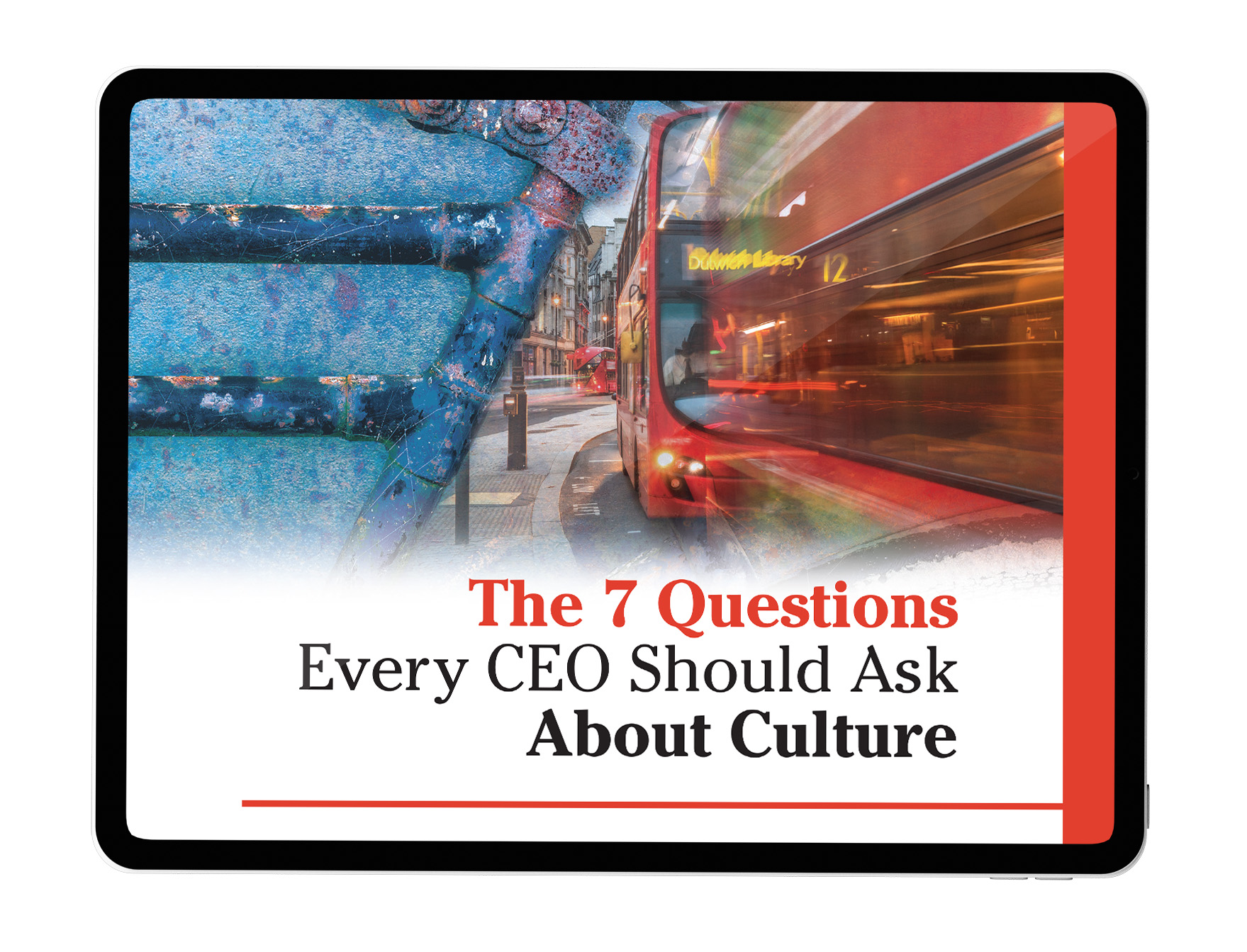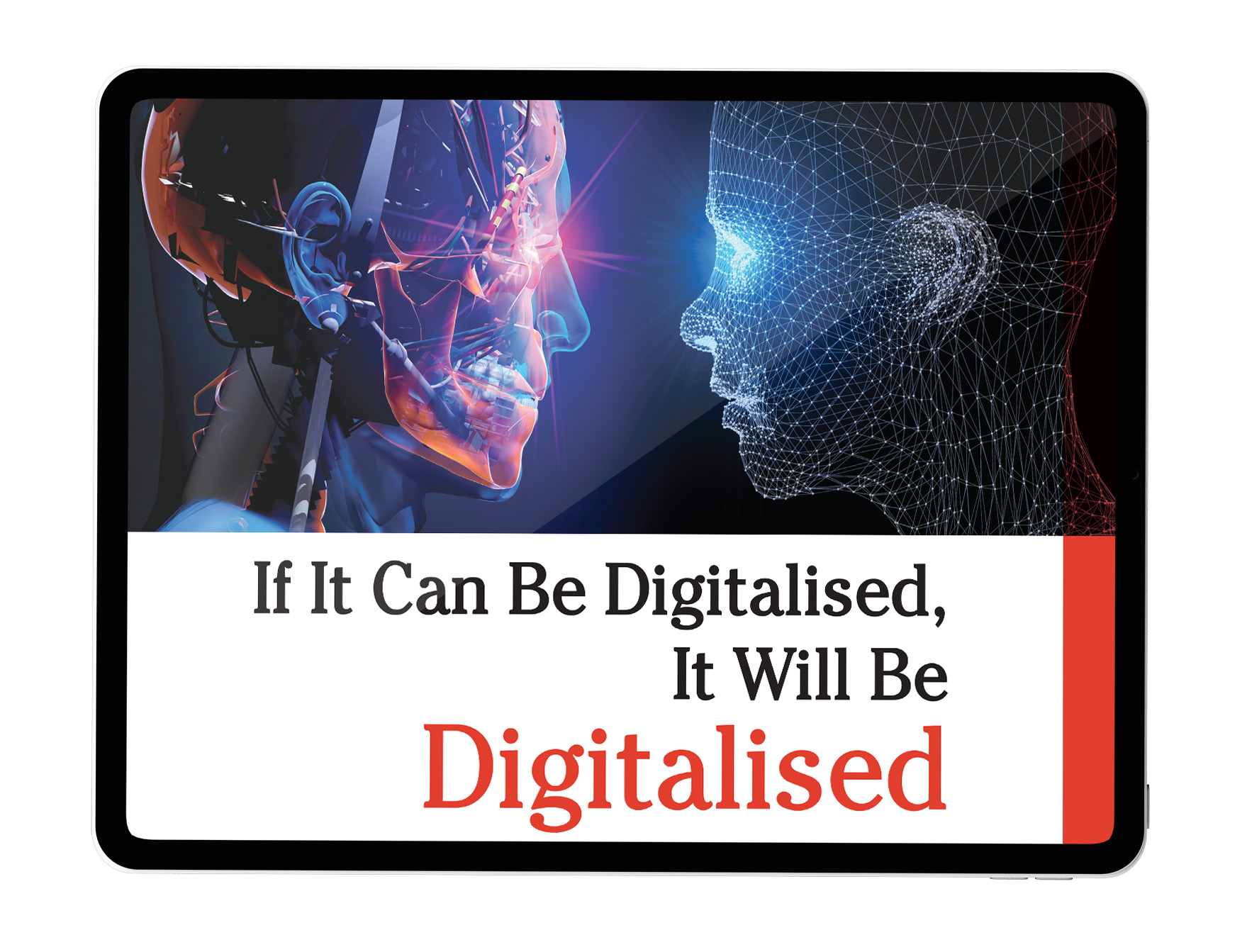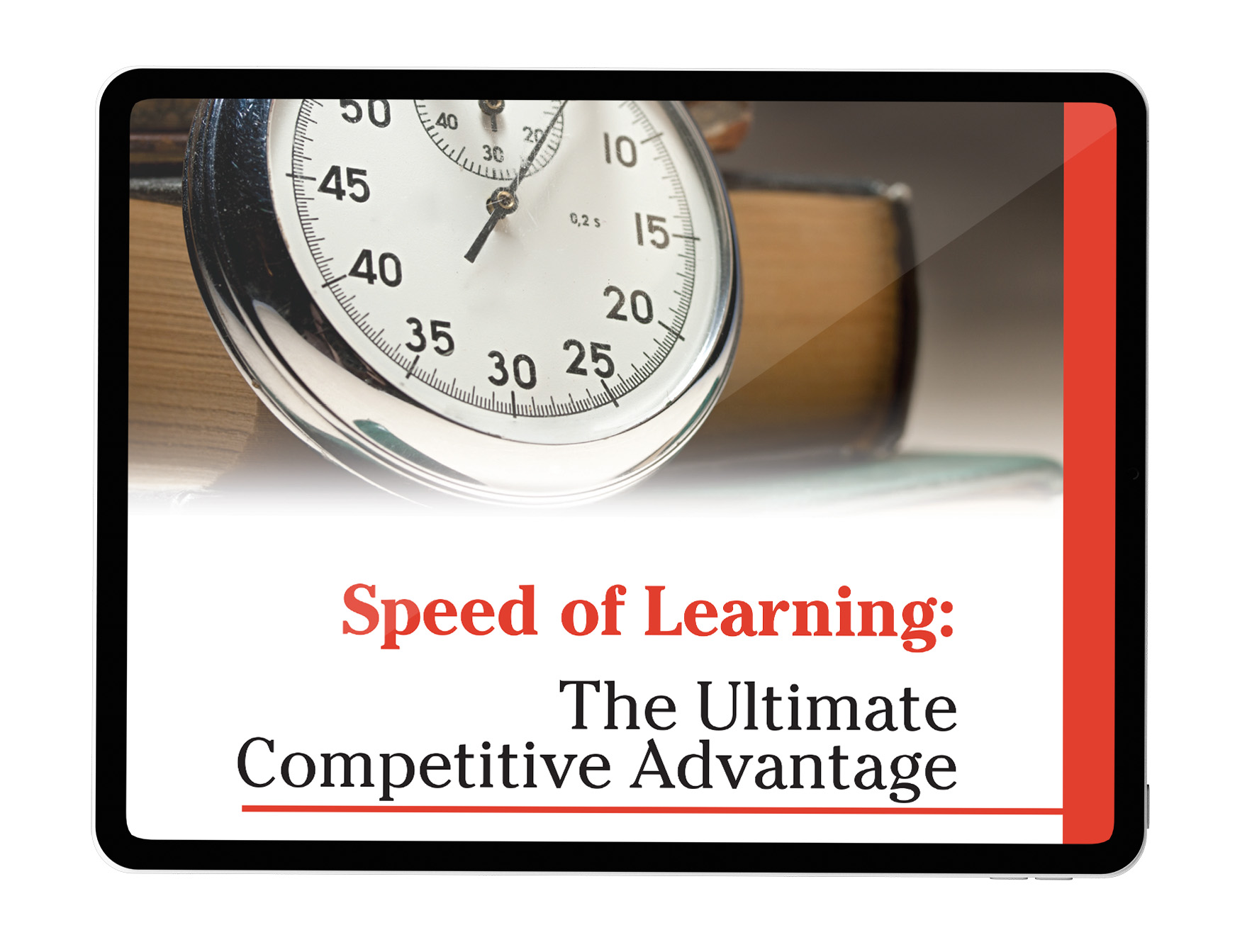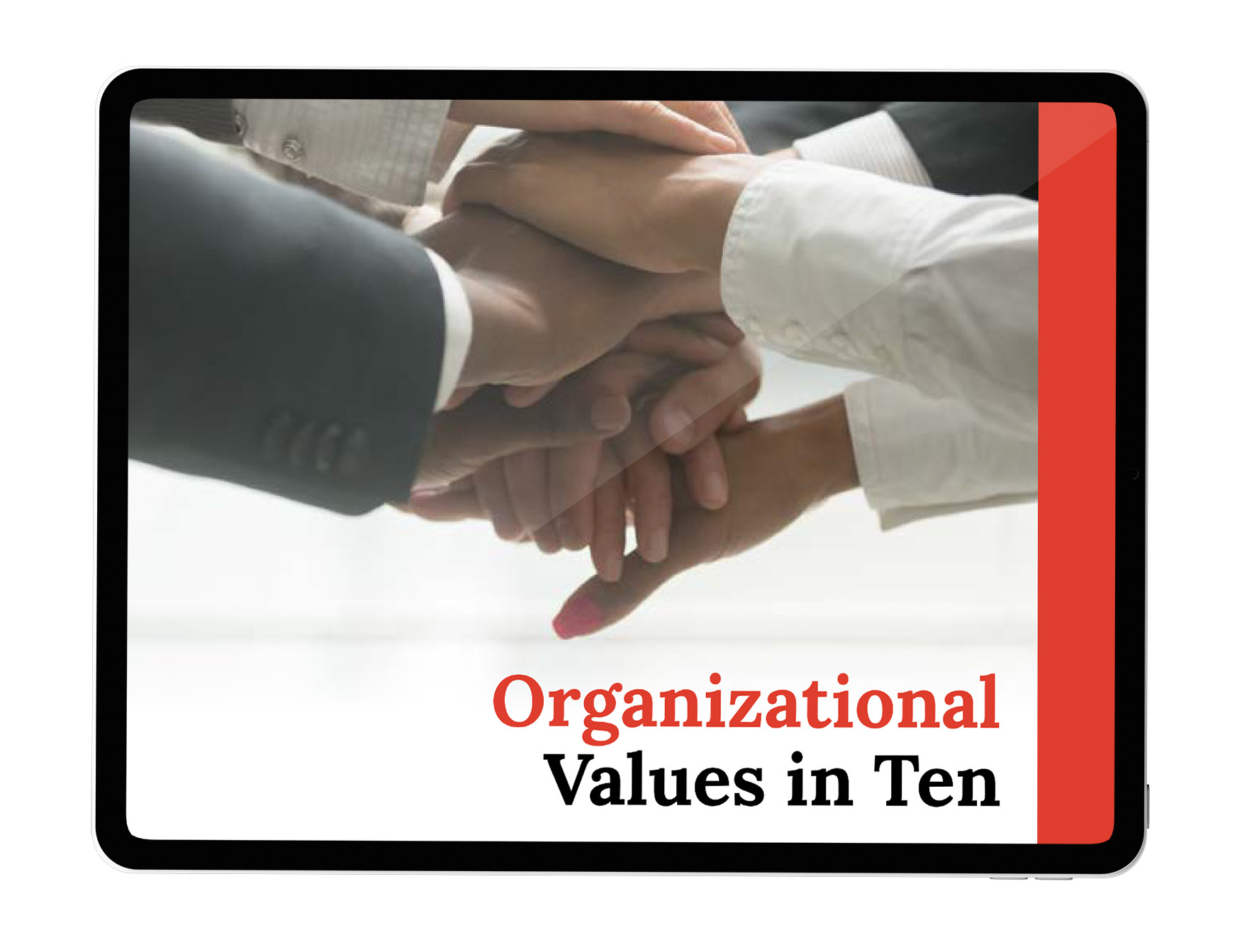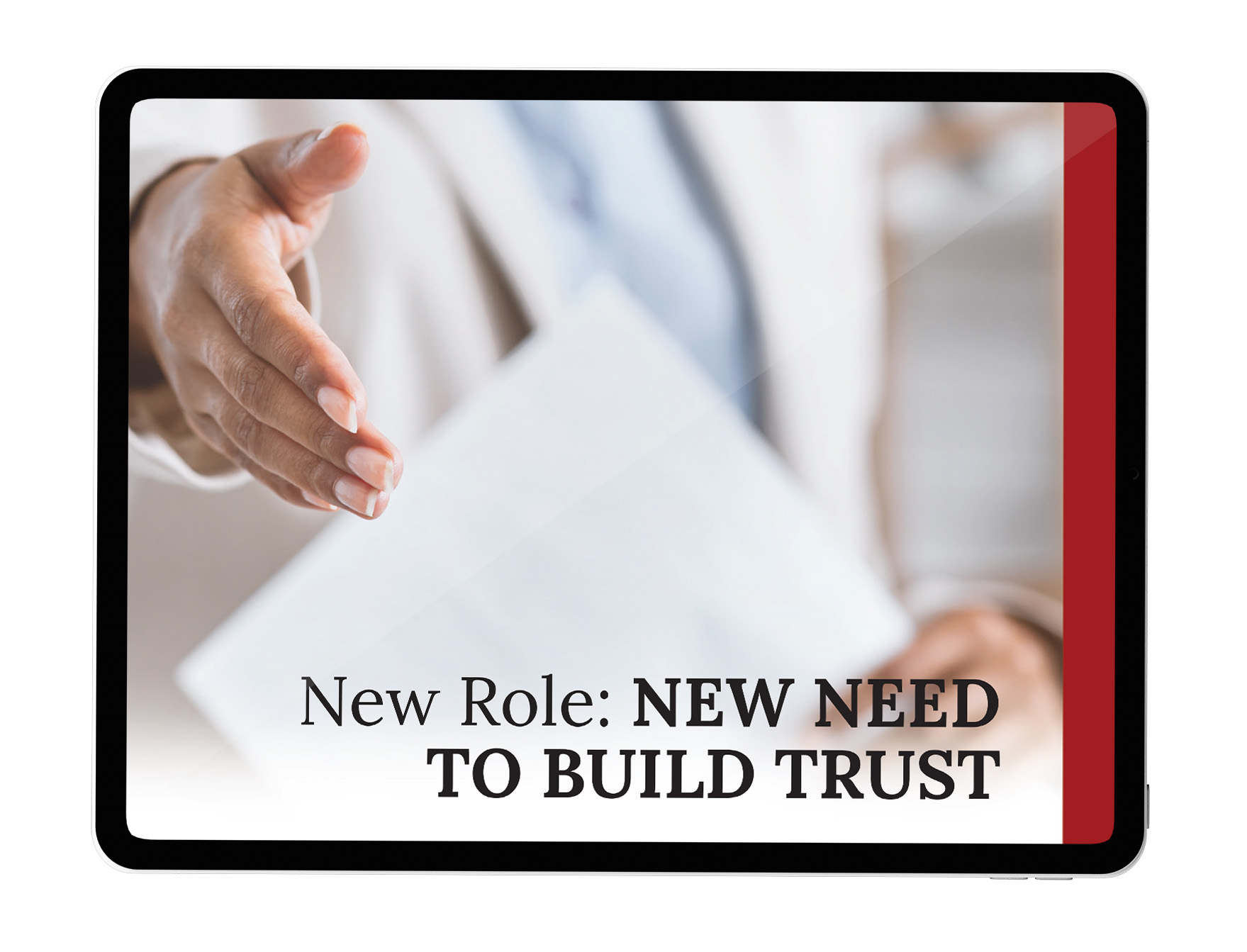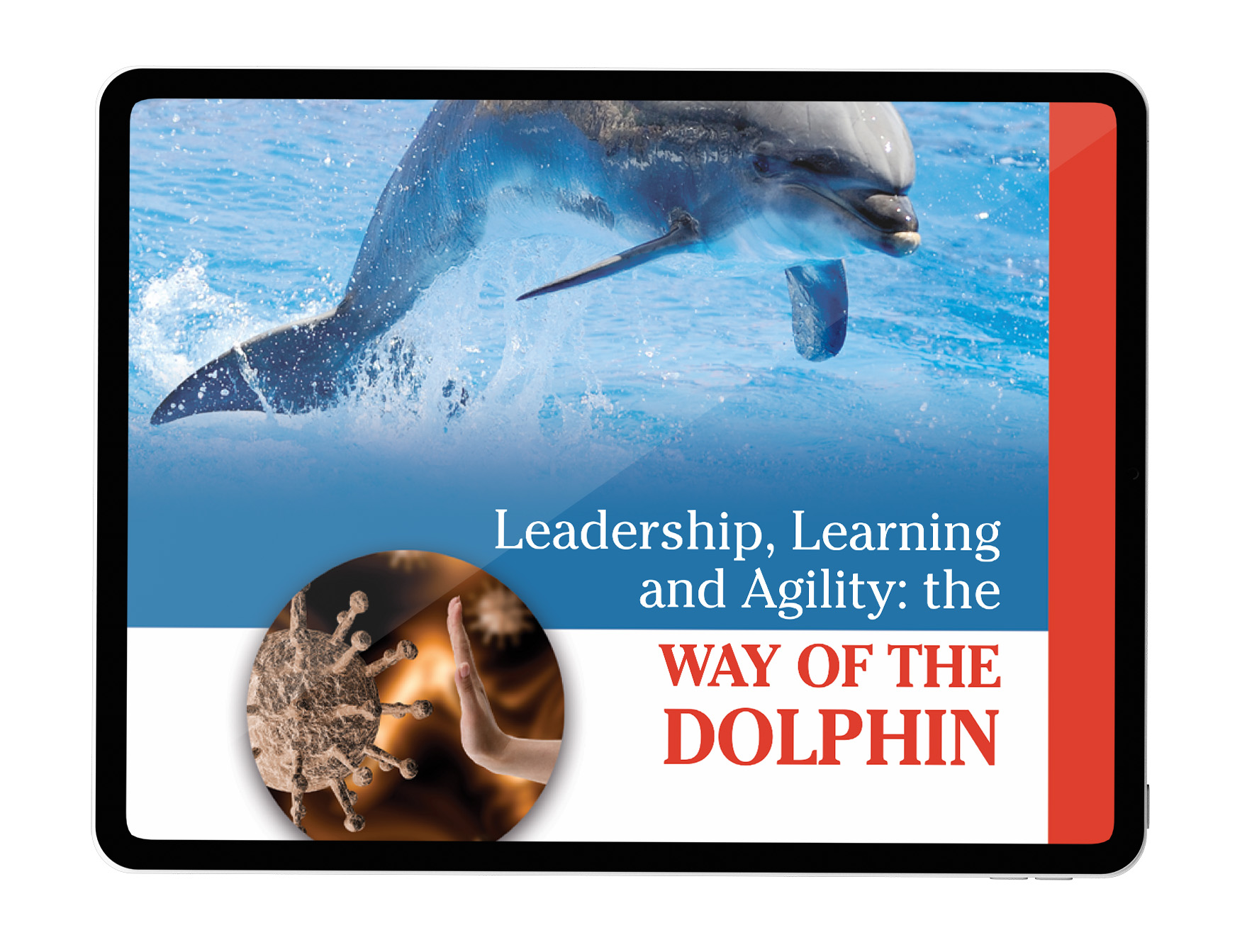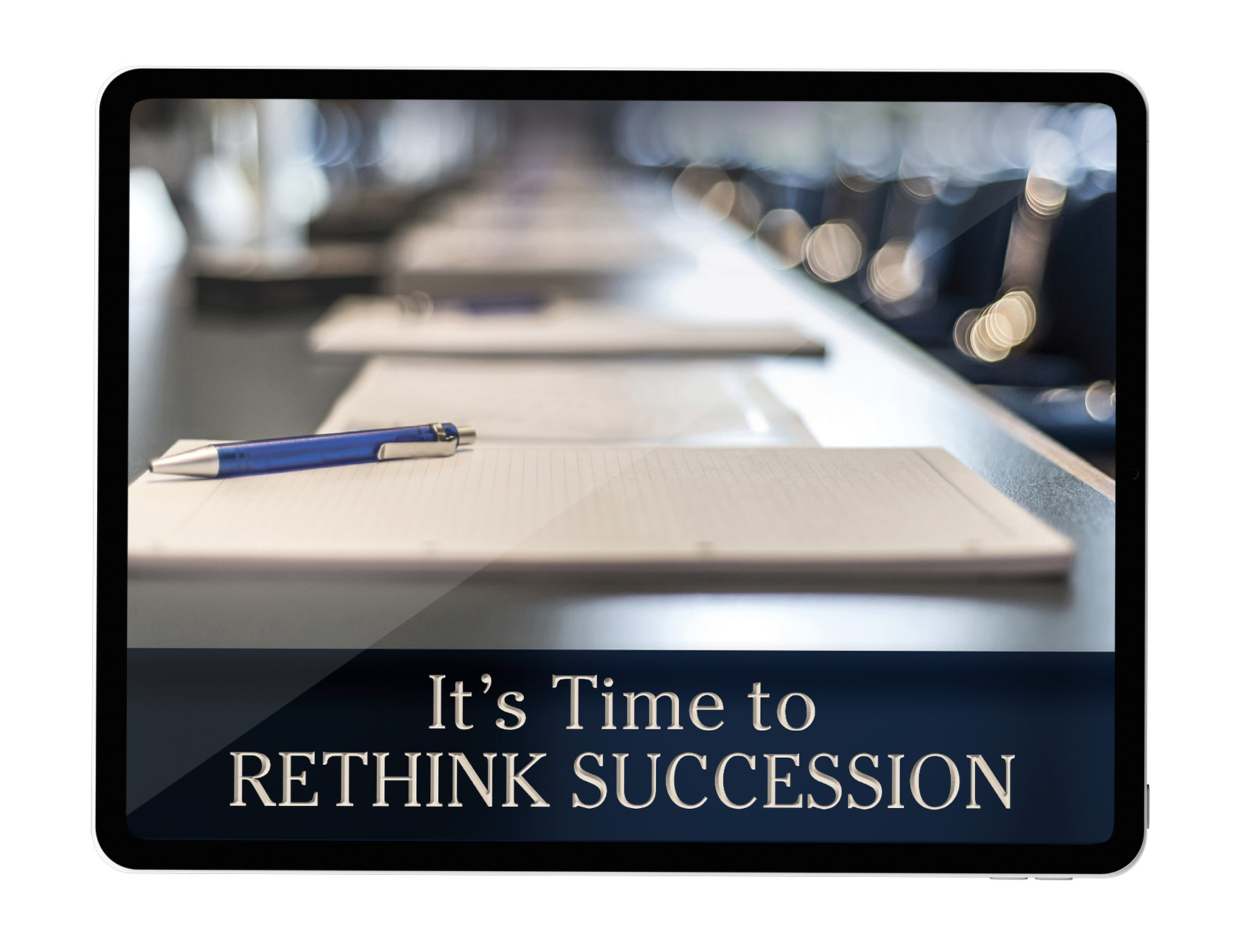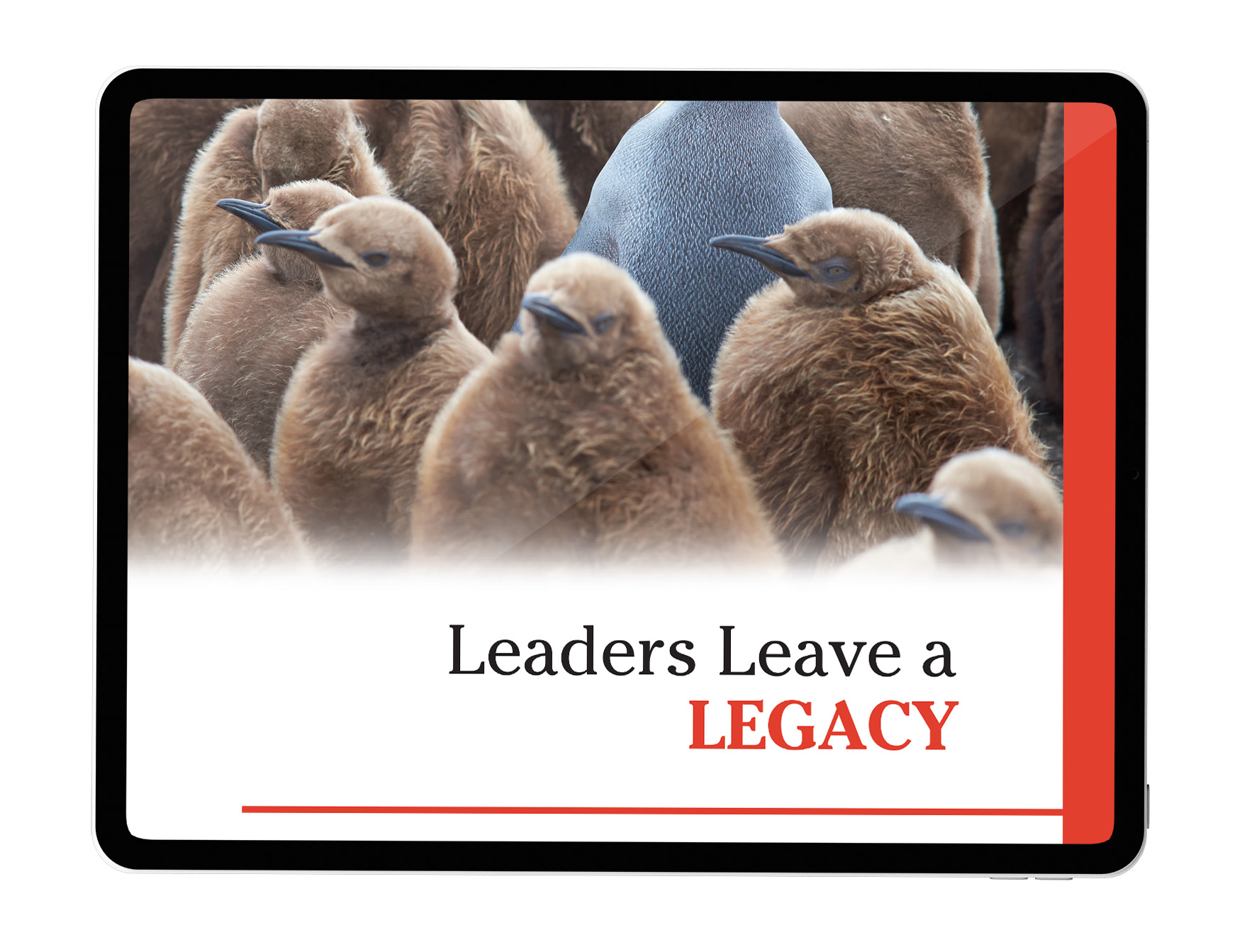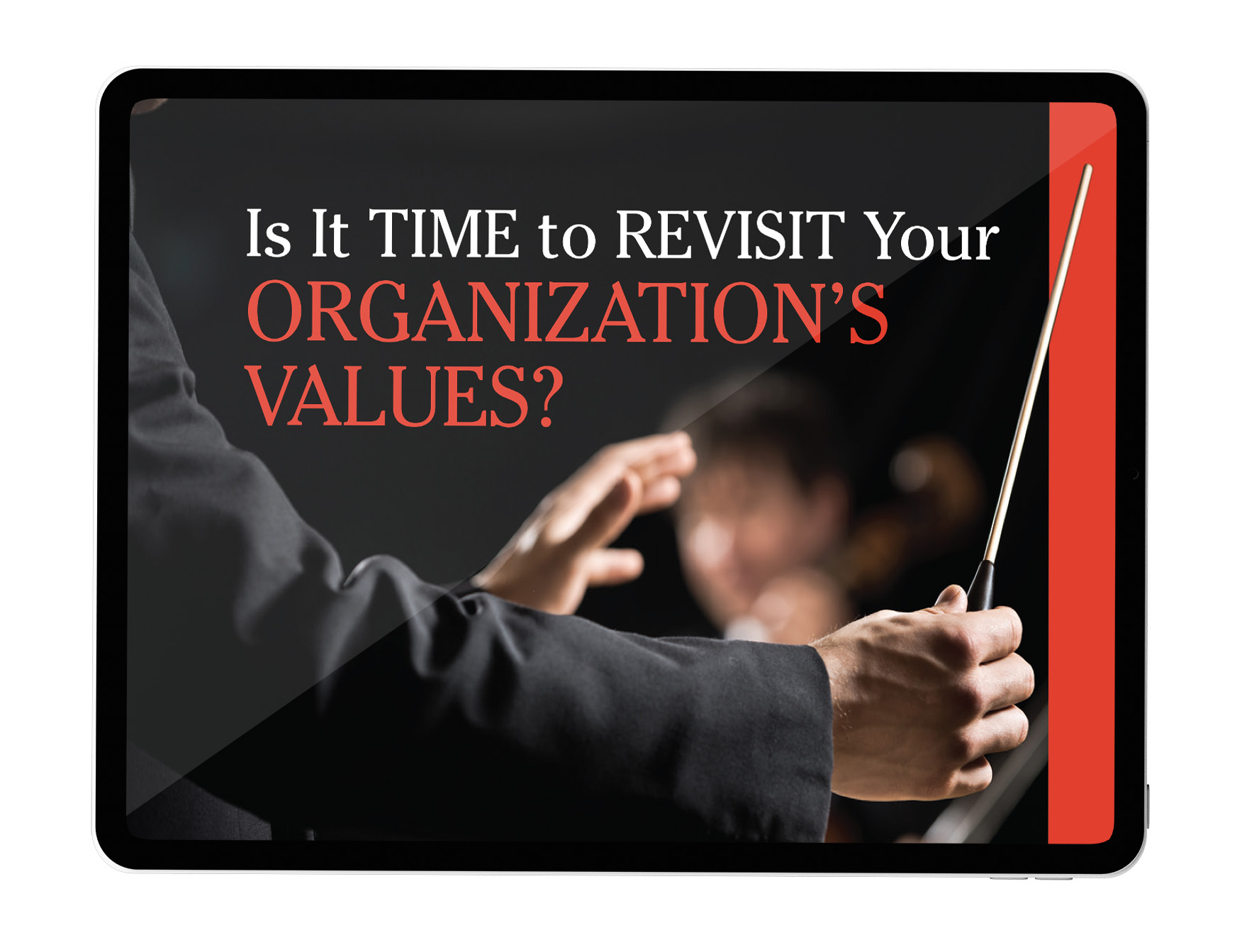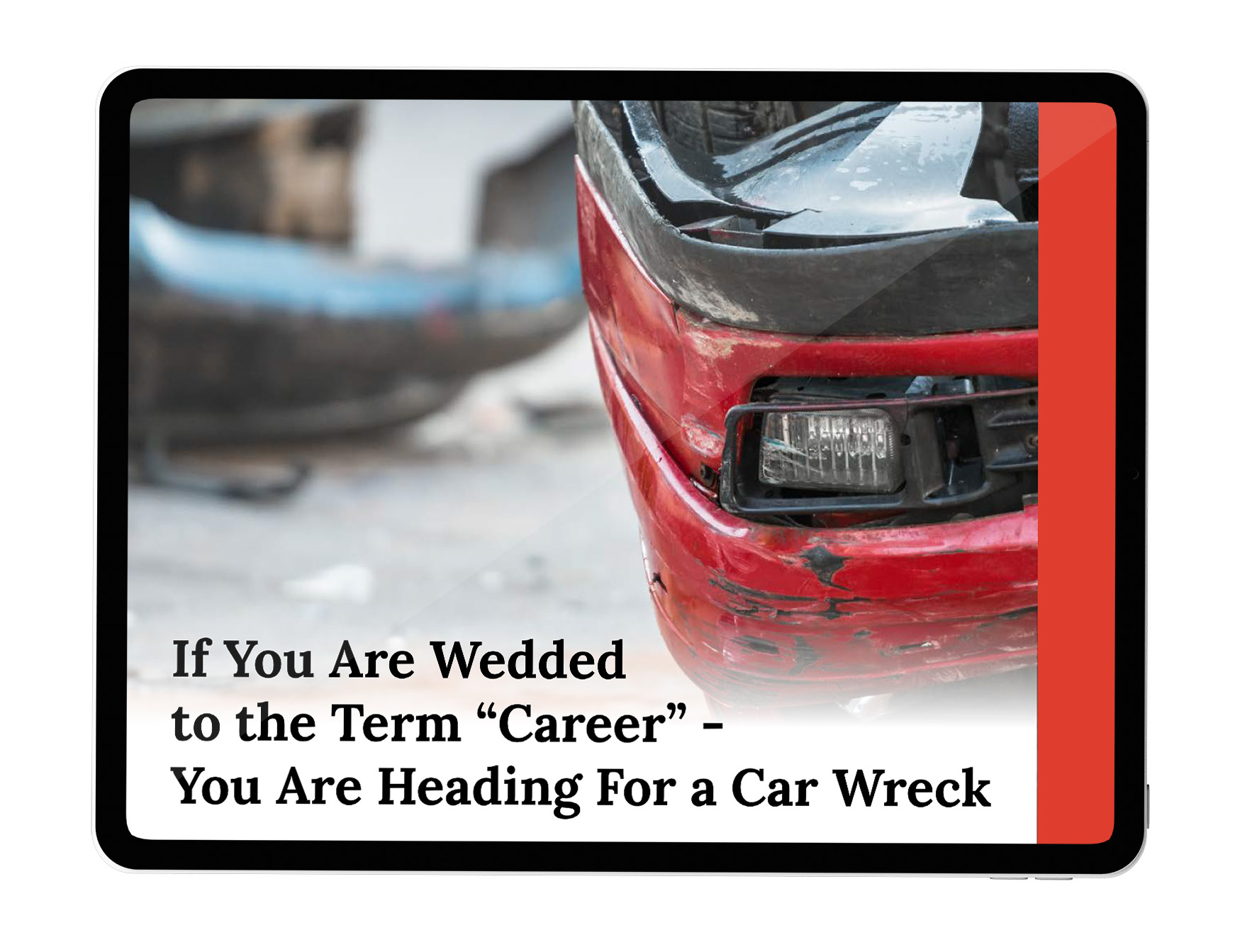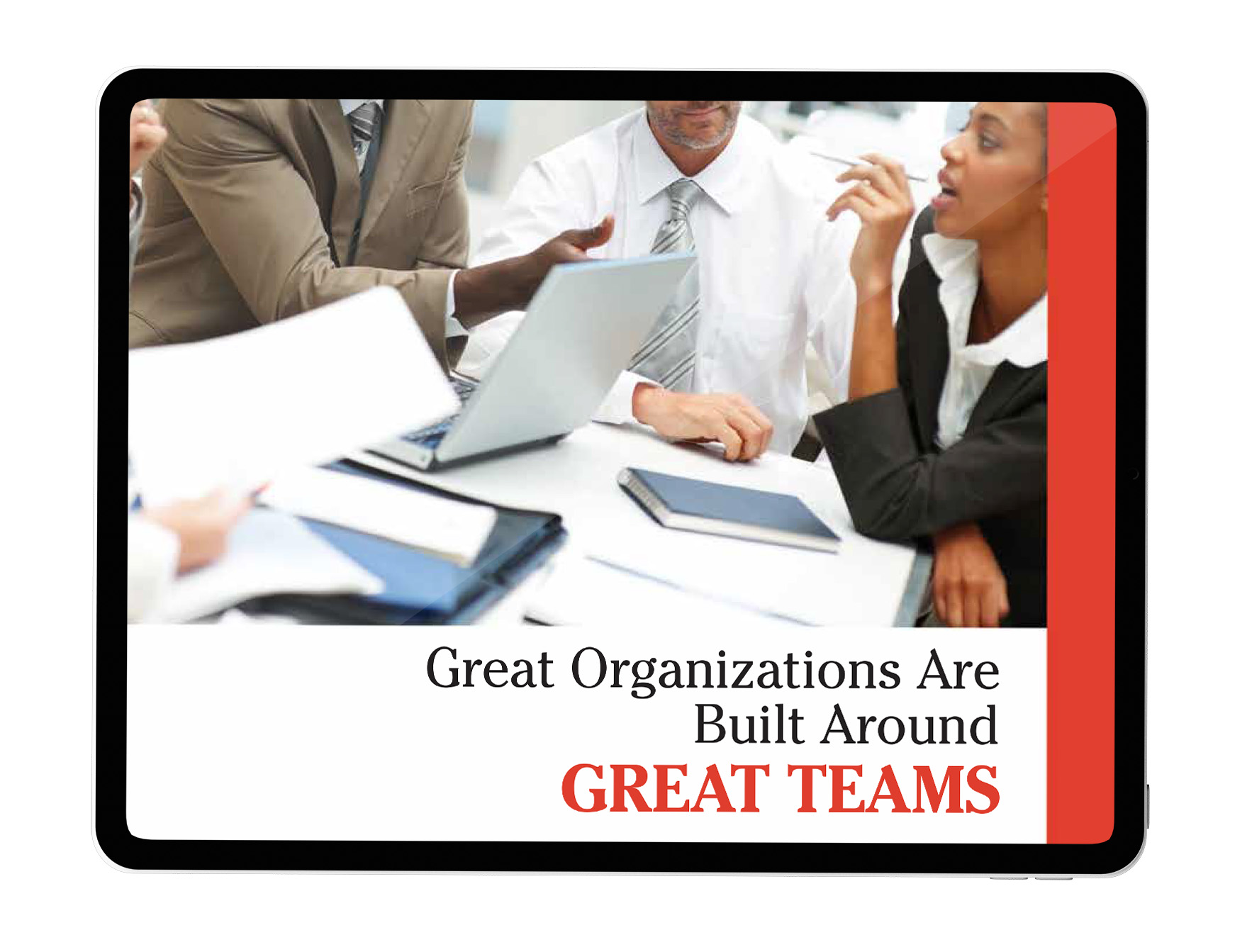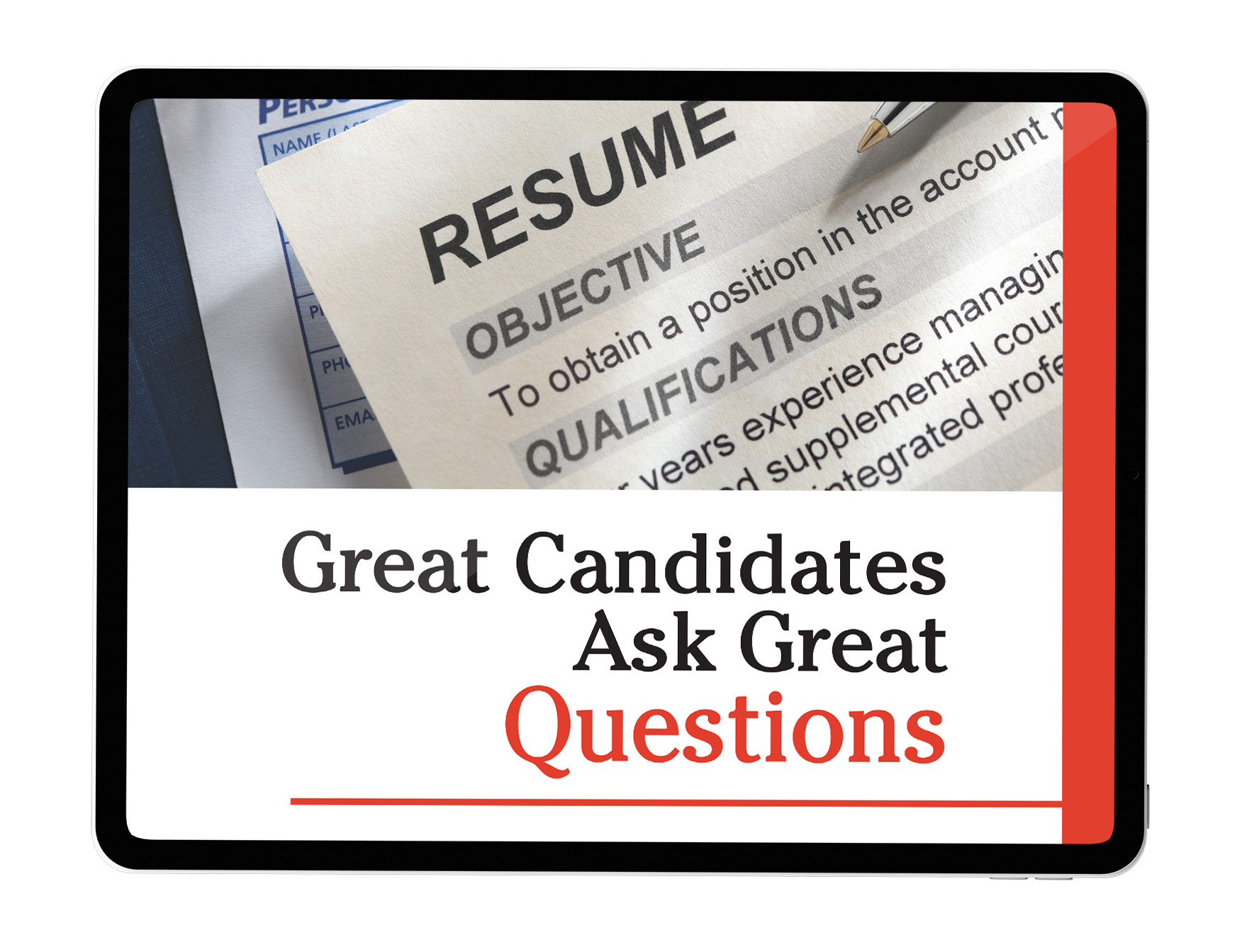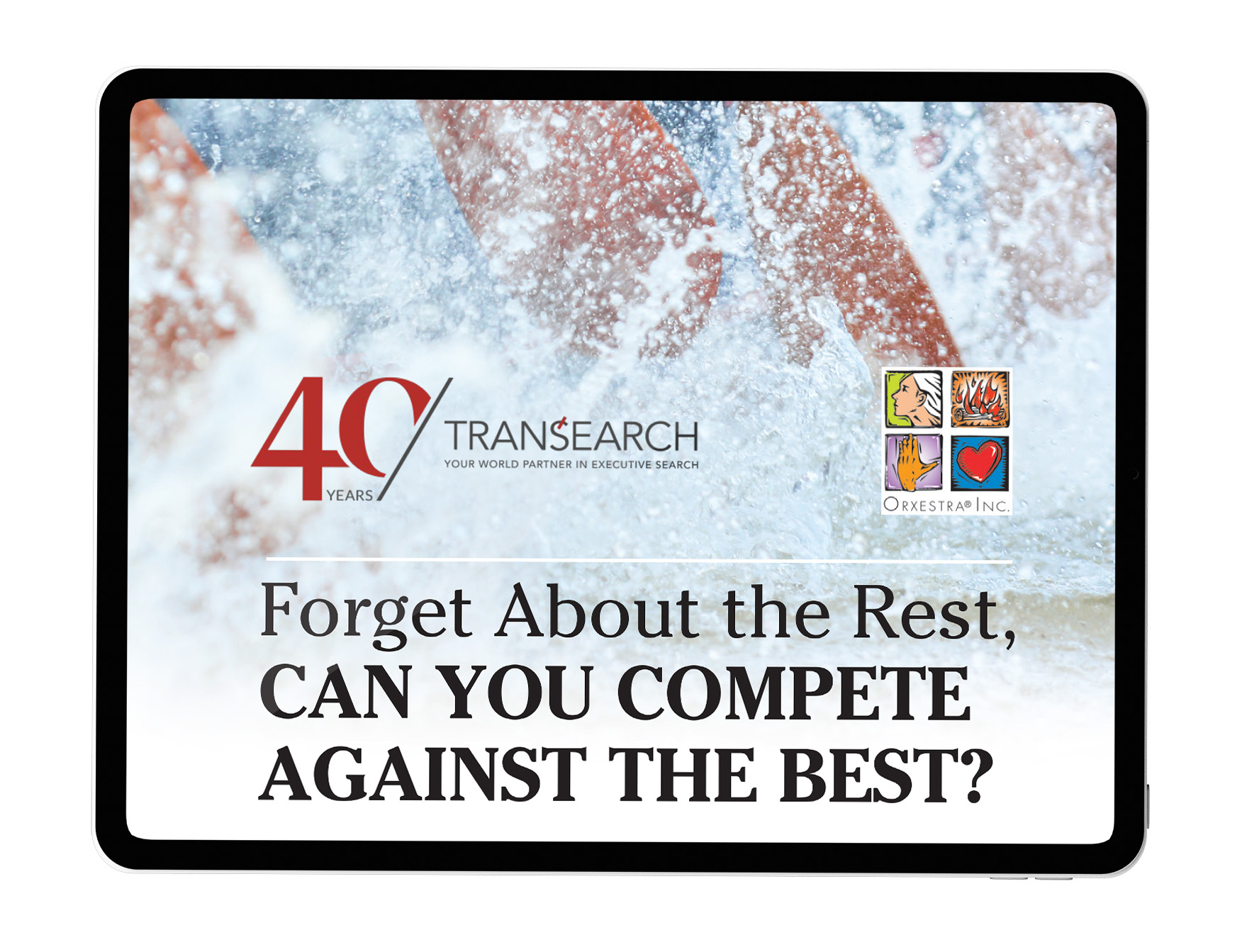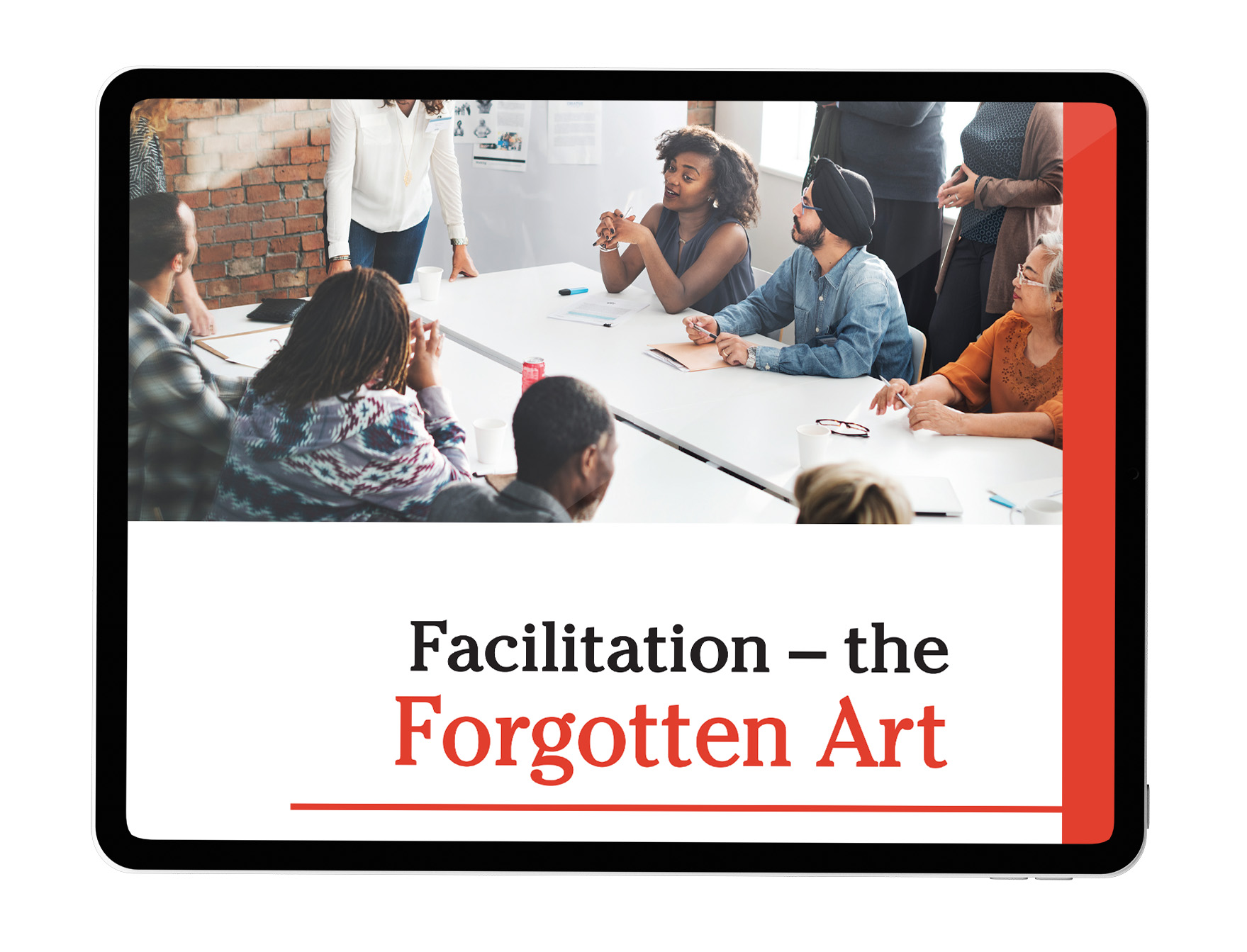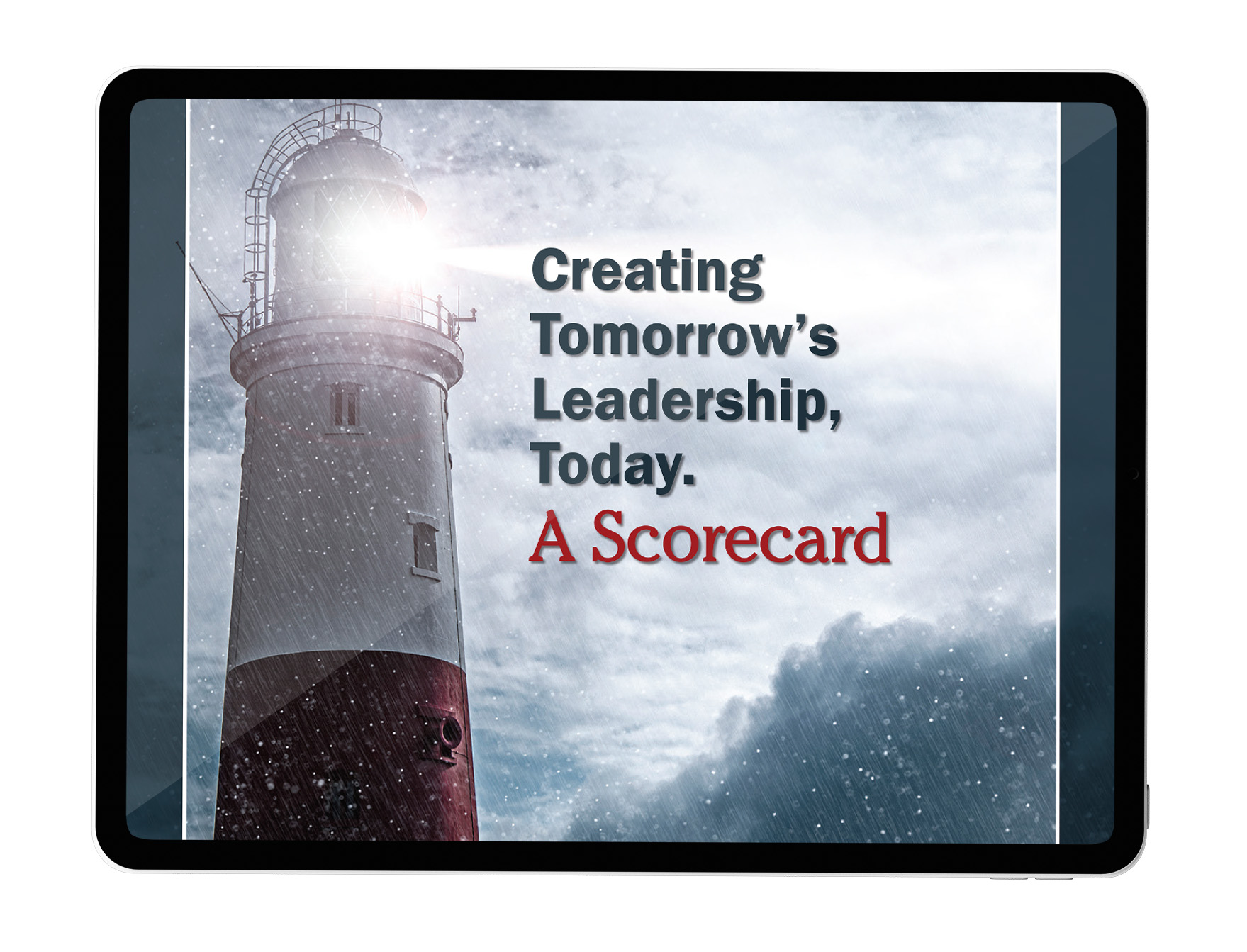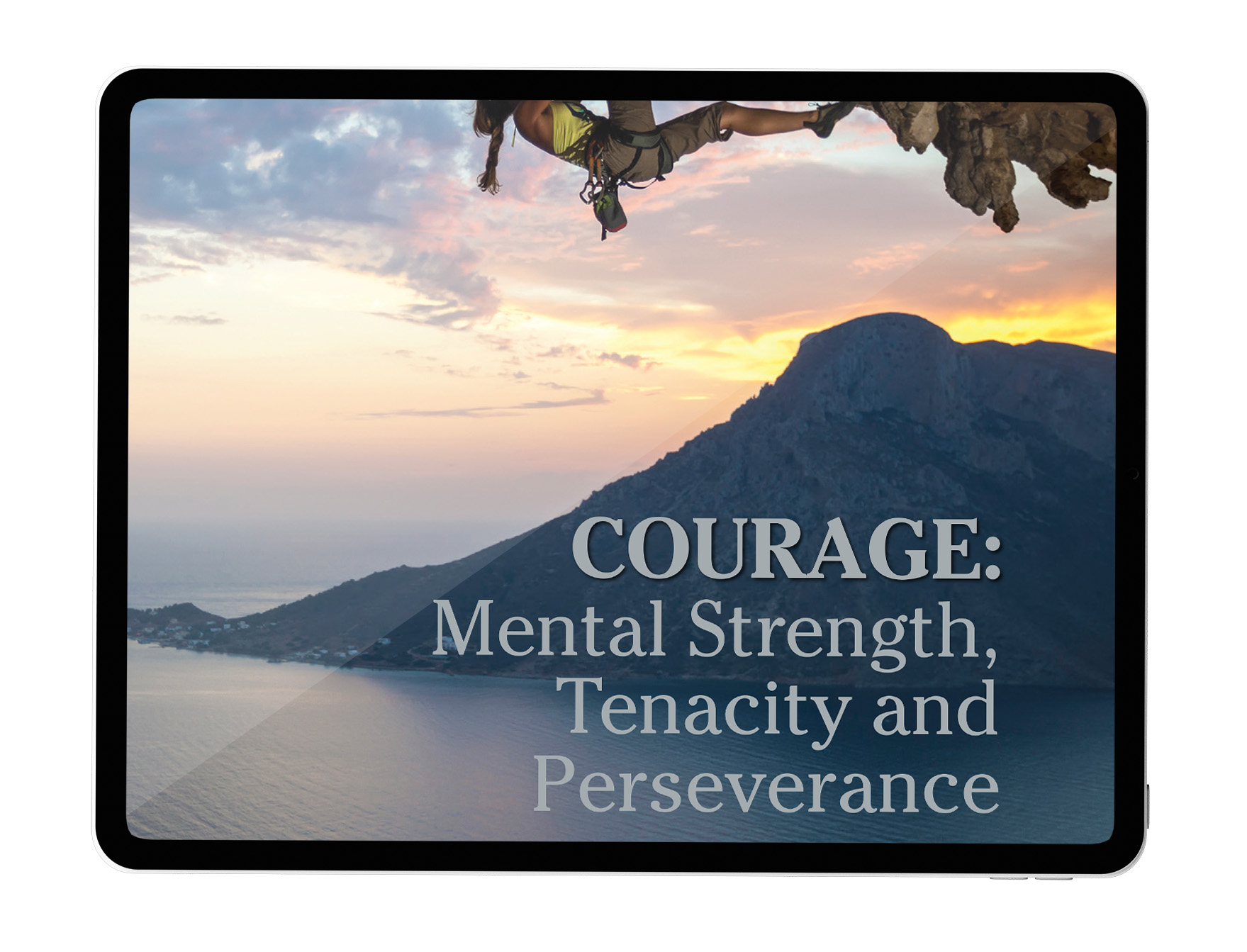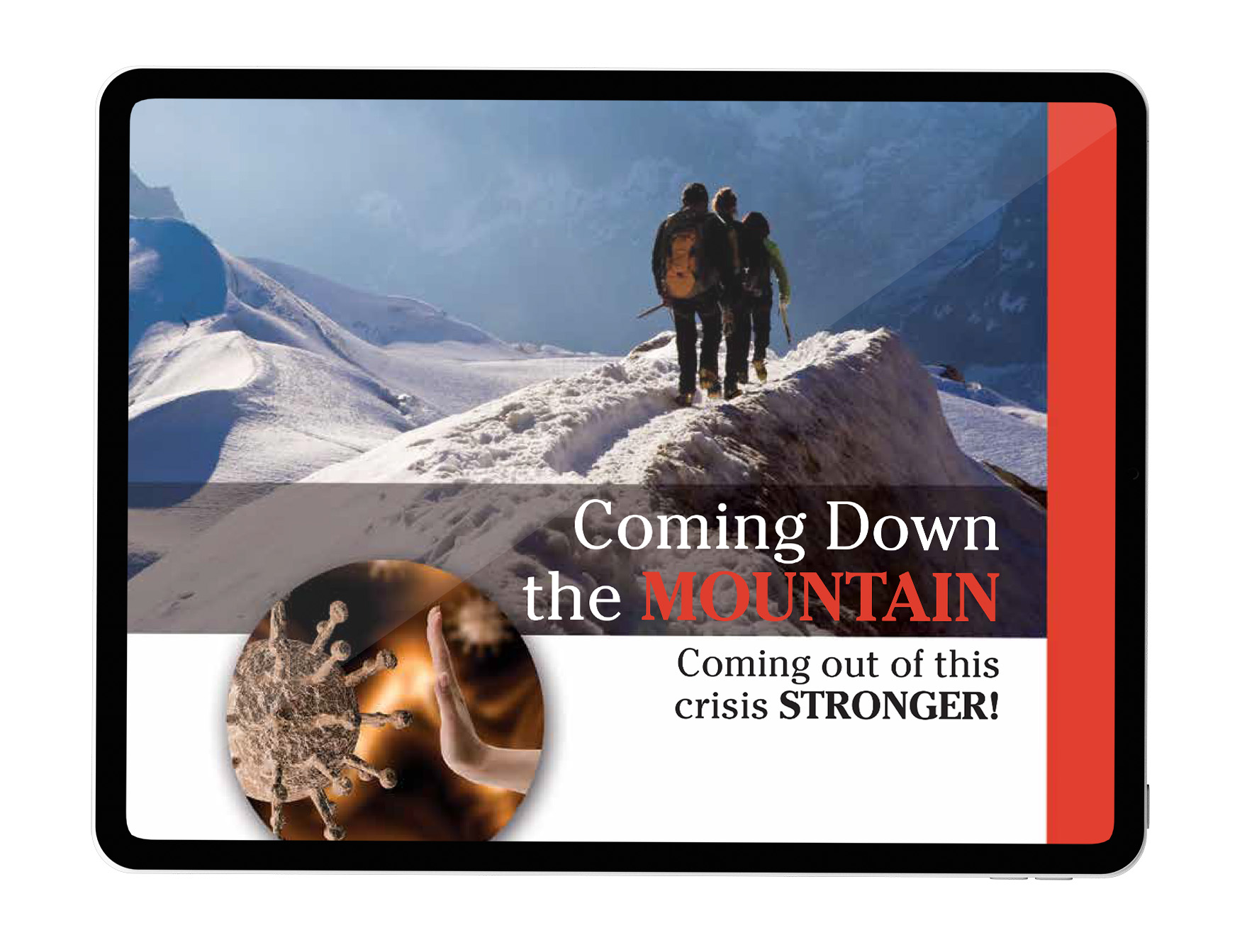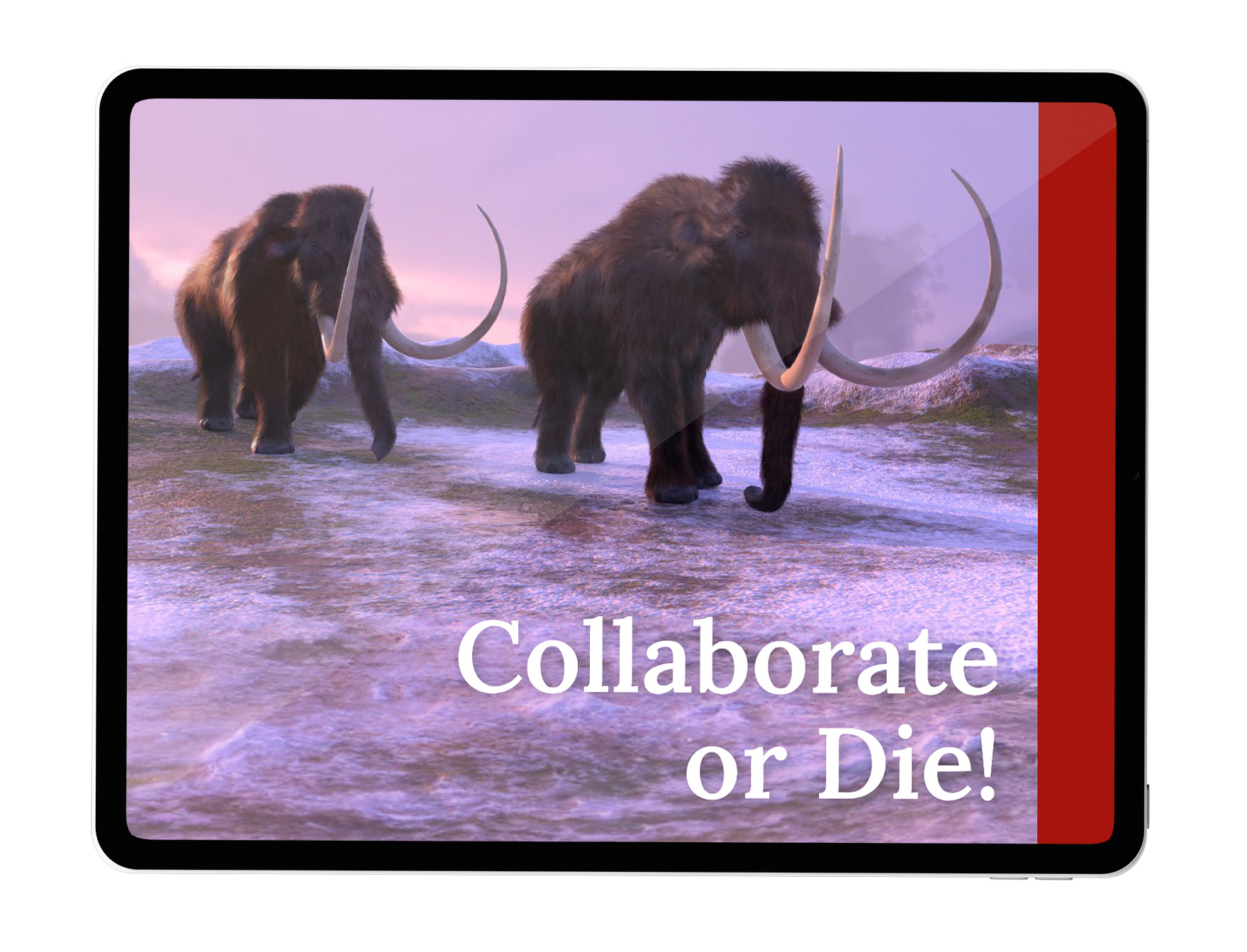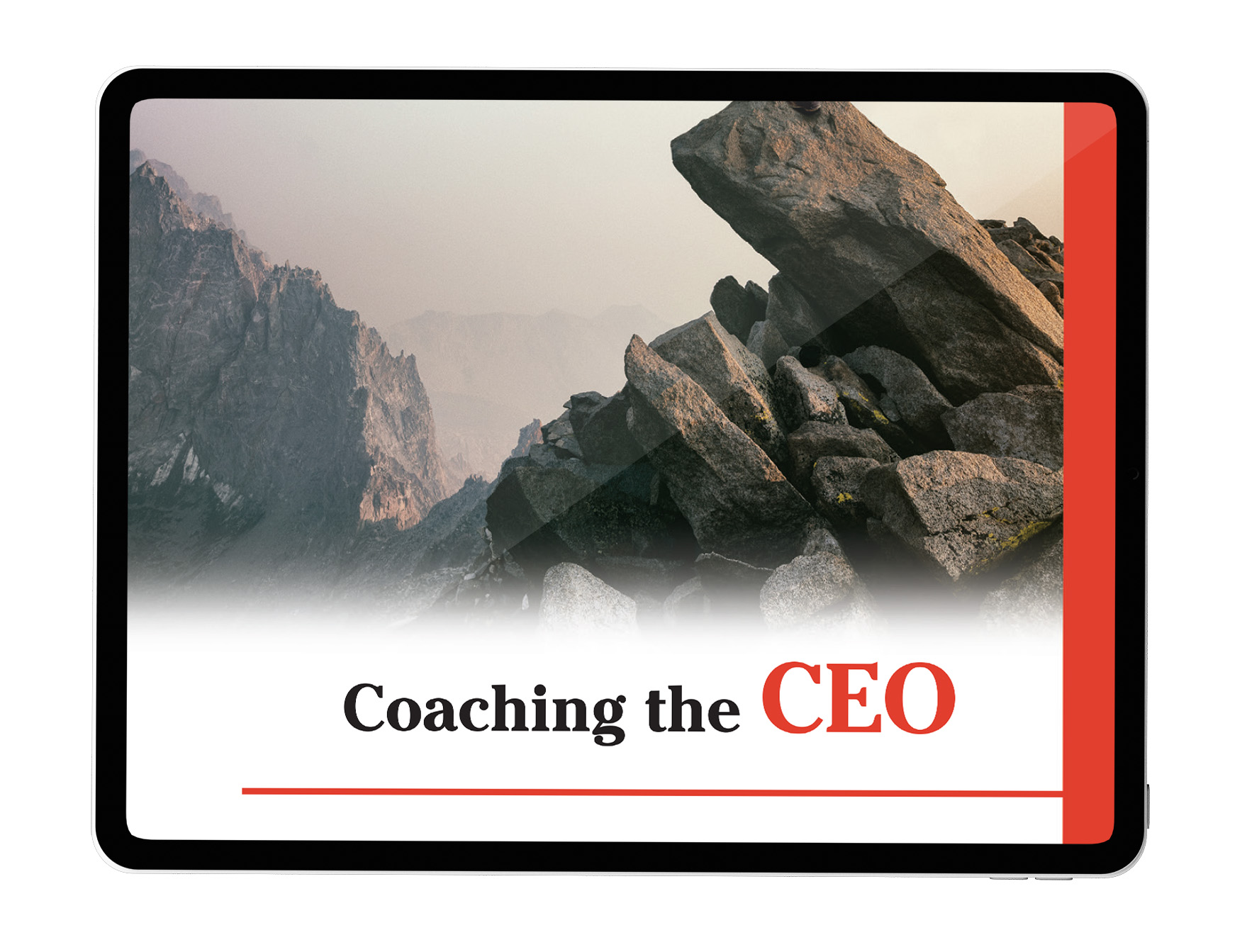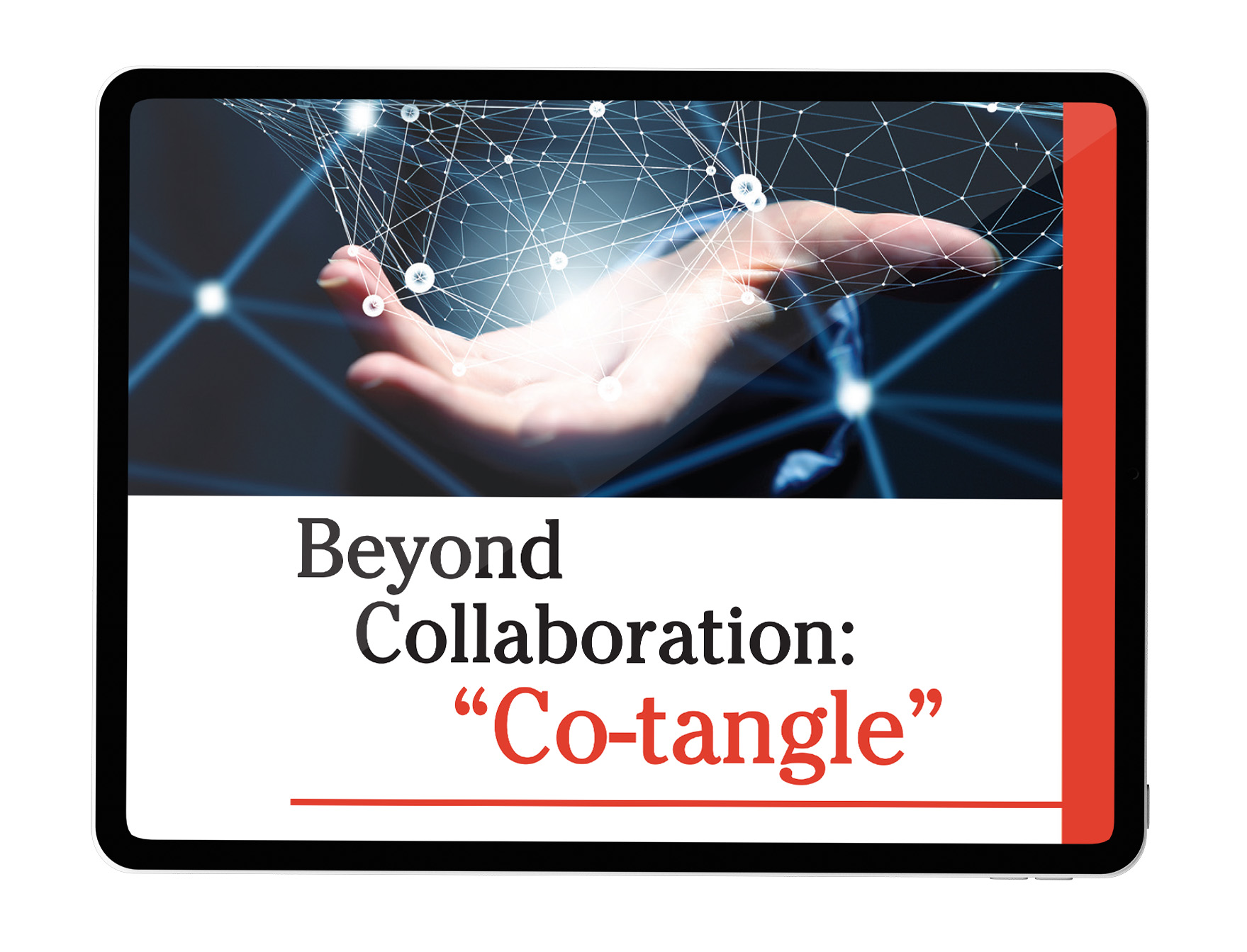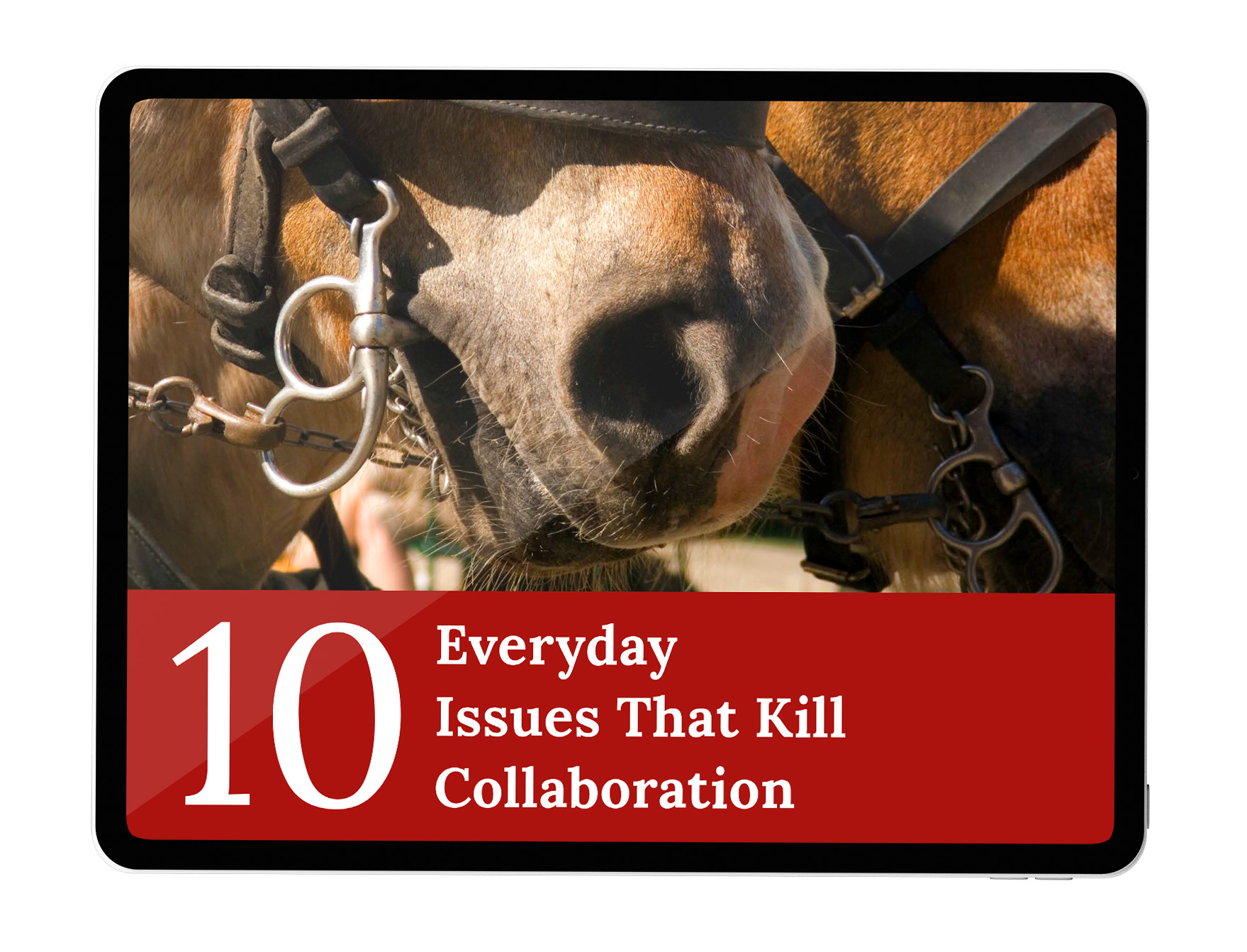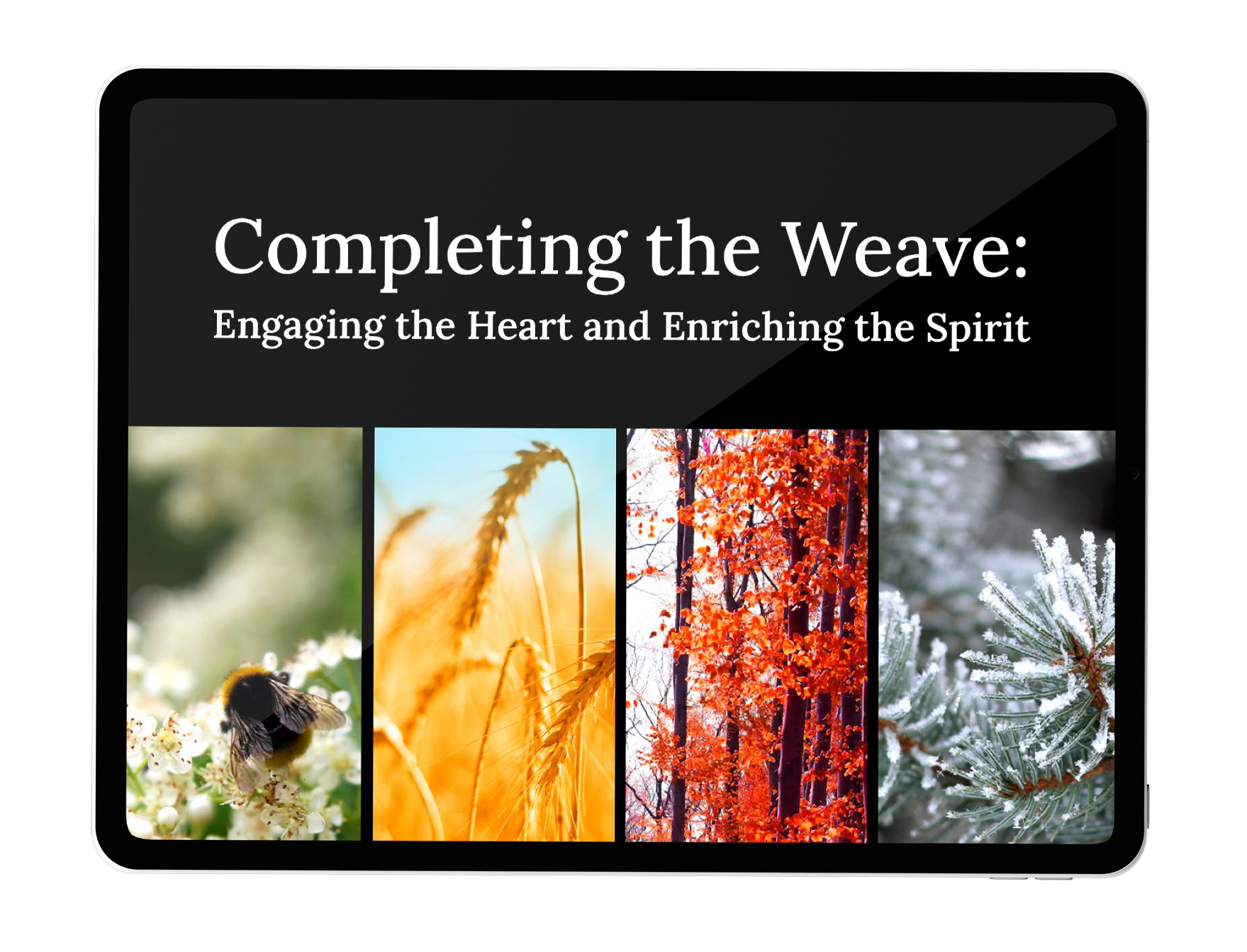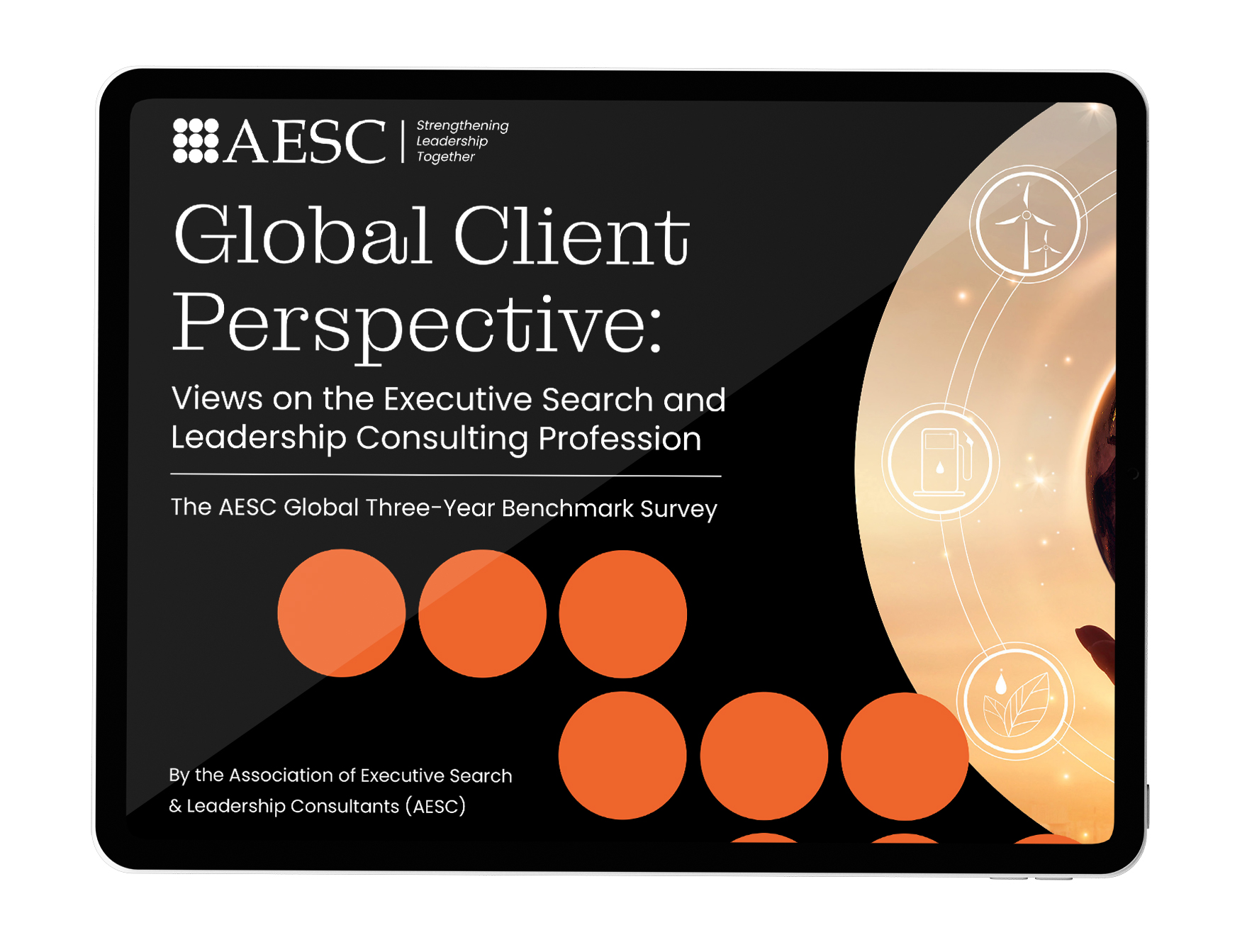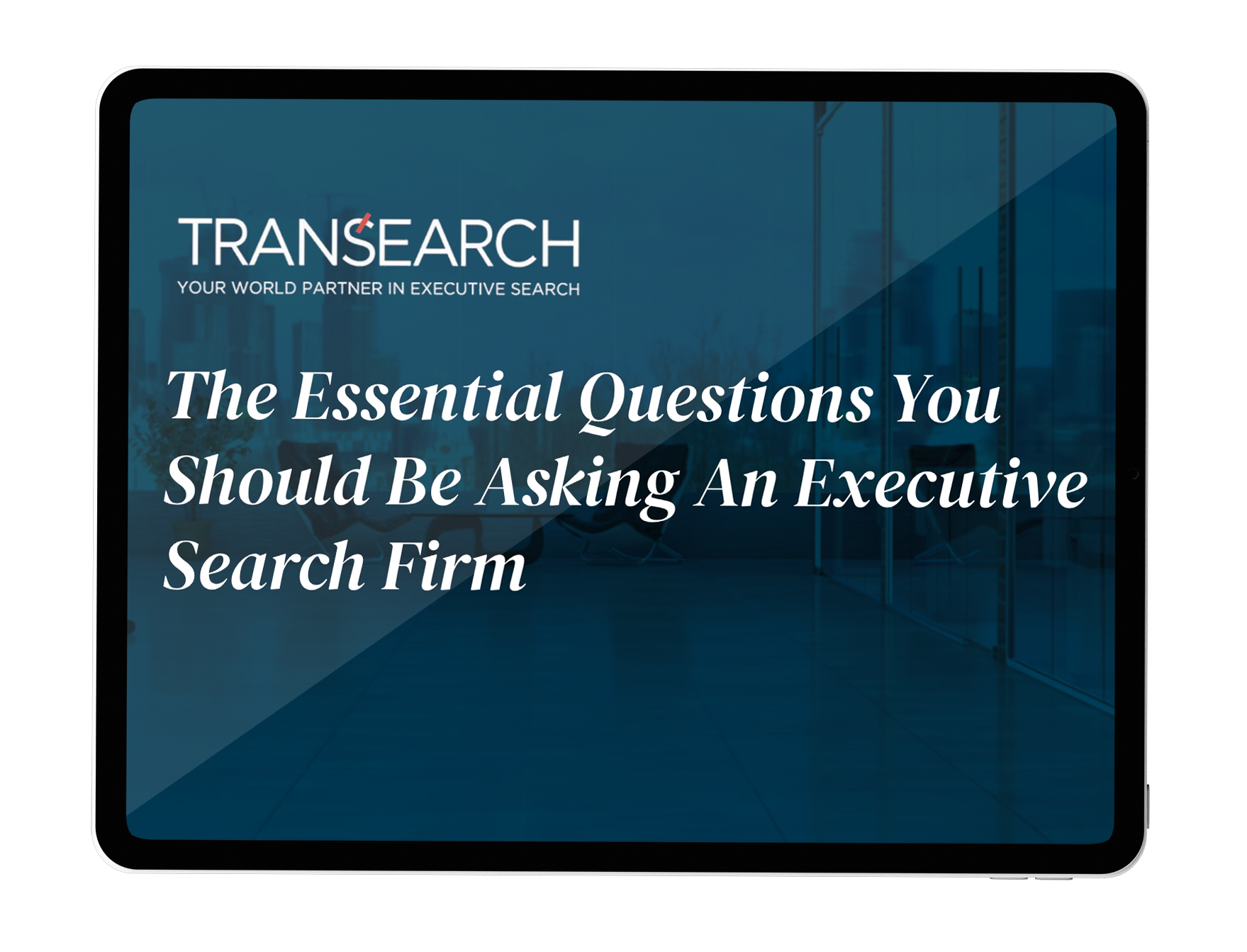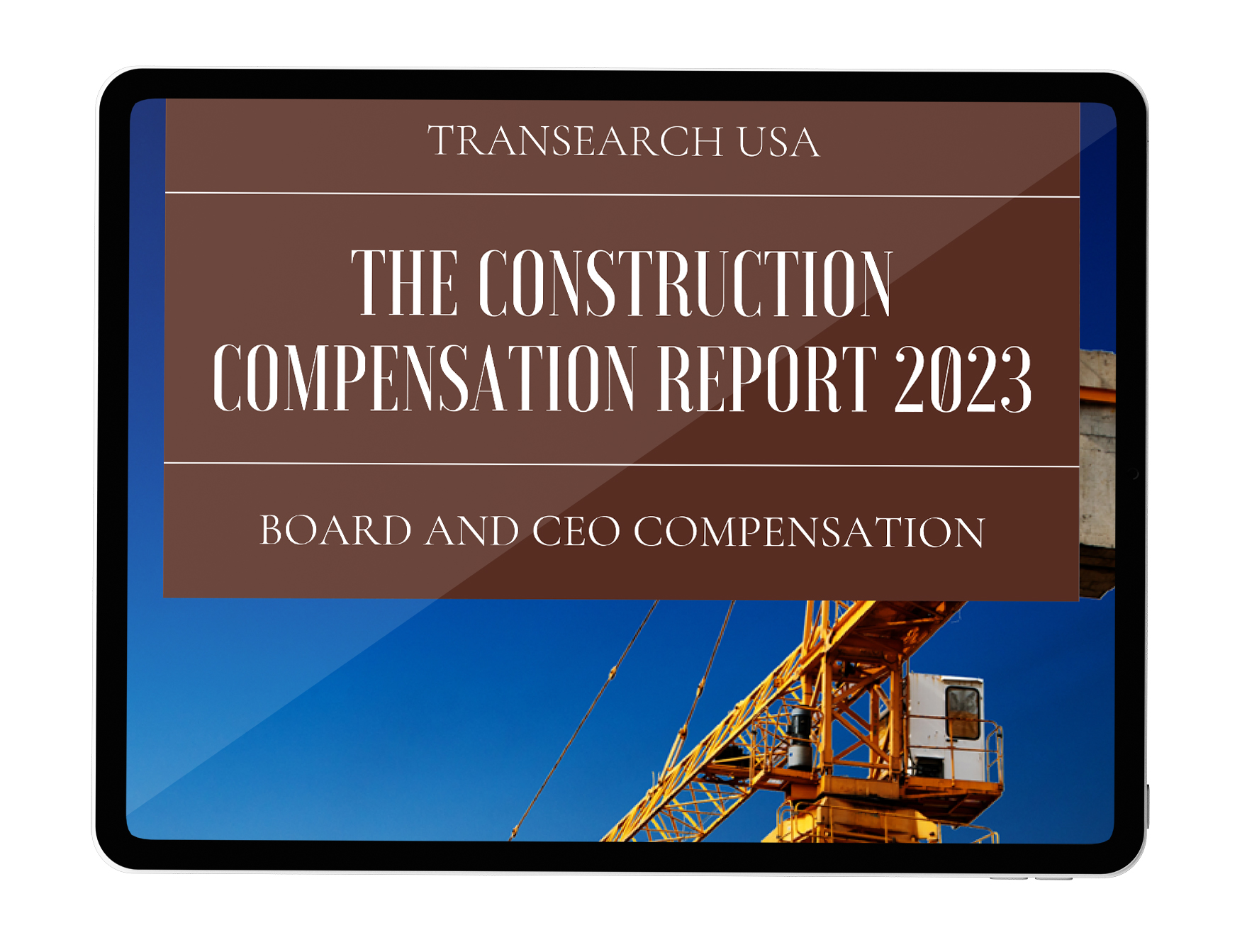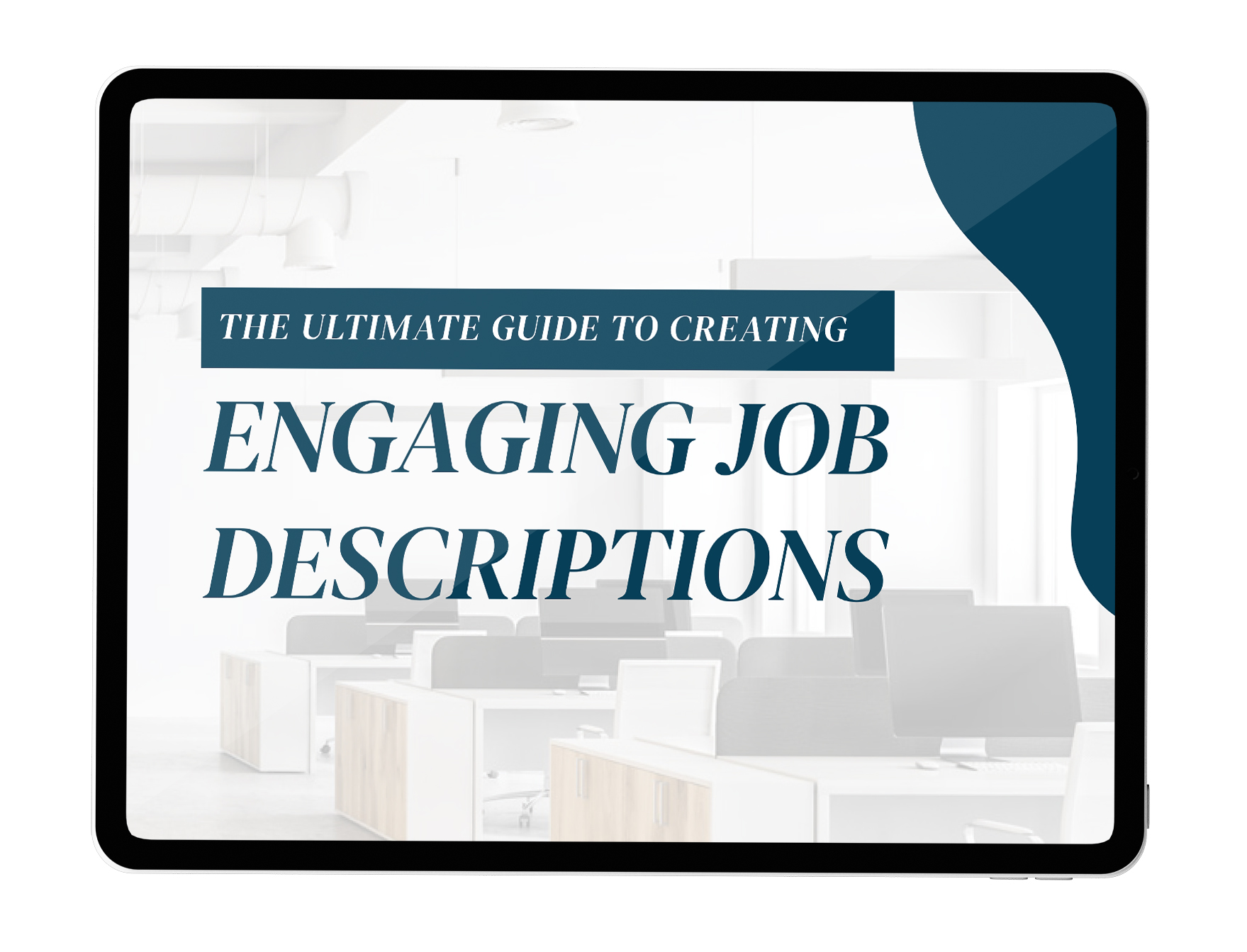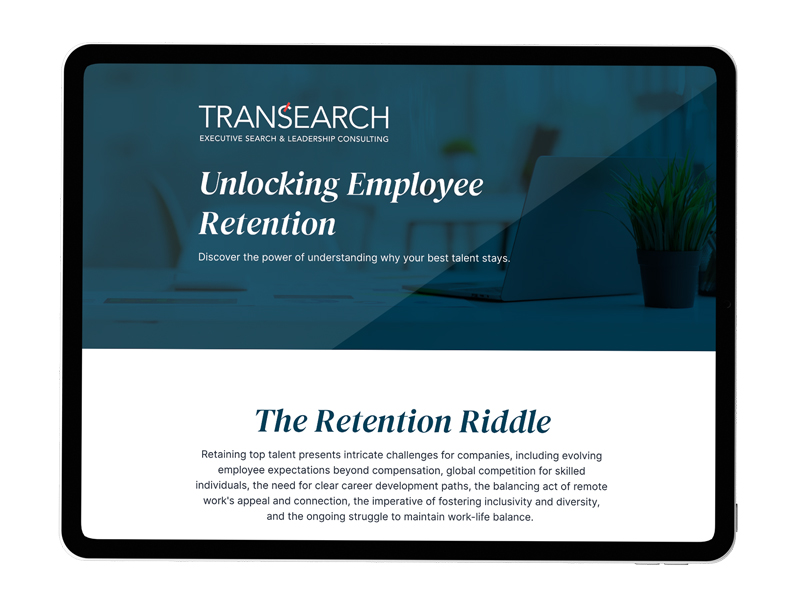$1 trillion in federal infrastructure funding is about to hit the market. Engineers and Builders are poised for expansive growth and demand. How will companies meet the needs of the marketplace and staff their projects? They will need to reimagine recruitment, retention, and development.
Like many other sectors, the construction and environment industries grapple with historic labor shortages. “With infrastructure spending set to rise and construction workers retiring rapidly, skills shortages are likely to worsen going forward,” said Anirban Basu, Chief Economist for Associated Builders and Contractors.
In the next 3-5 years, demand for environmental and sustainability expertise to support projects will outstrip resource capacity. Since 2017, the number of people working in environmental engineering and consulting has exploded by 237%. Construction and environmental firms also have aging workforces; the median age of a construction worker is 41, and the average environmental services worker is 47.
Here are three strategies to help you find, hire, and keep the right talent necessary for success.
1. Foster an engaging work experience
You may think you know what your team wants and needs to feel fulfilled in their careers. But research collected by the Environmental Financial Consulting Group (EFCG) indicates that 40% of Architecture, Engineering & Construction (AEC) employees who voluntarily leave their firm go to work for a competitor. This strongly suggests they leave organizations because they do not feel they are experiencing a fulsome, engaging, and enriching work experience, not due to work itself.
To address this turnover, AEC and environmental firms must thoroughly investigate what employees find most rewarding at work. This can be gleaned through tools, including surveys, town halls, and employee resource groups. Leverage the data to build programs and initiatives that create their desired experience. Taking a temperature check of employee needs and wants is doubly beneficial – employees feel validated because they are ‘heard,’ and employers can improve the employee experience by investing in what truly matters to their people.
How can you engender positive work experience? Over the pandemic, millions of people reported that flexibility enhanced their work. So, it’s ideal for AEC organizations to give employees the option of working from home, hybrid work schedules, and flexible hours.
A bolstered work experience can include mentorship and coaching programs, employee resource groups, volunteer days, and personal and cultural development forums. While this list is incomplete, the main point is to understand what employees deem to be rewarding work experiences and provide them. You are far more likely to engage and keep stellar talent.
2. Cultivate a career advancement culture
When people have opportunities to move up, they are more likely to stay with a company. For instance, Gallup found that 92% of workers planned to stay with their current company when they saw the potential for advancement. That stat should be a clarion call for leaders in AEC and environment companies to embed employee growth and development programs in their culture.
To pursue this critical priority, having your employees discuss professional aspirations with their managers is pivotal. In turn, managers must be armed with standardized resources and tools to enable those conversations and support employees in pursuing opportunities. For example, career path templates will help leaders, managers, and employees align on where they want to go and how to get there.
From an attraction and retention perspective, growth plans demonstrate your organization values loyalty, cares about people’s futures, and wants employees to stay. Further, it better maps employee ambitions to company needs, which will help organizations fill anticipated future roles with talent that’s been coached and invested in.
Additionally, shaping a culture of lifelong learning is very appealing to employees. Some key strategies in this regard include ongoing training, career advancement days, and reskilling programs that are future-focused and hone new skills for the jobs of tomorrow.
3. Pursue diverse and inclusive recruitment
Data about diversity in the AEC sector is clear – women are vastly underrepresented. Statistics from the U.S. Bureau of Labor Statistics note that while women constitute nearly half the nation’s workforce, they constitute only 10.9% of construction industry workers. Architecture and engineering are a bit better, with women accounting for 27% of workers, but that is still a significant disparity. People of color are 36% of the U.S. population, yet they make up only 16% of the staff in environmental organizations. Numerous studies illustrate why diversity and inclusion are game changers. For example, a McKinsey report shows that gender-diverse companies are 25% more likely to achieve profitability. A Boston Consulting Group study found companies with more diverse management teams benefit from enhanced creativity and innovation and enjoy higher revenues than their competitors. than competitors.
DEI recruitment must be a strategic business goal for AEC and environmental firms. Recruiting needs to be proactive, prioritized, and purposeful. Leaders must be committed to embedding Diversity, Equity, and Inclusion (DEI) values and practices in the company culture.
Some proven tactics include sponsoring conferences and events that attract women and diverse candidates. Within companies, networking groups for diverse communities can be super helpful to empower underrepresented groups to advance.
Targeting college campuses and student groups and offering apprenticeship programs is another excellent strategy. For example, S & B Engineers & Constructors in Houston provides a 16-week-long Women’s Apprenticeship Program that combines classroom instruction, hands-on skills training, and on-the-job experience, often resulting in job placements when women complete them.











